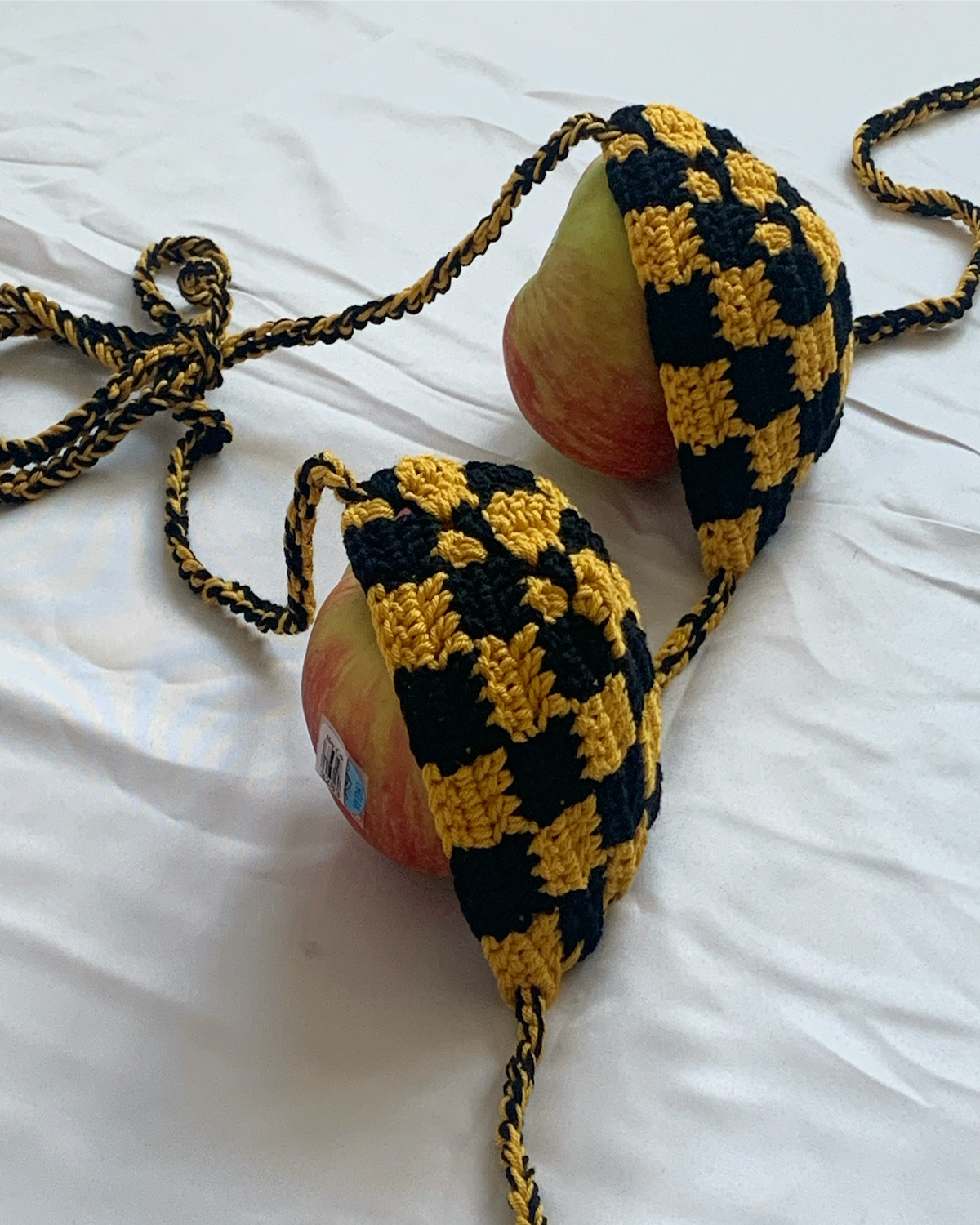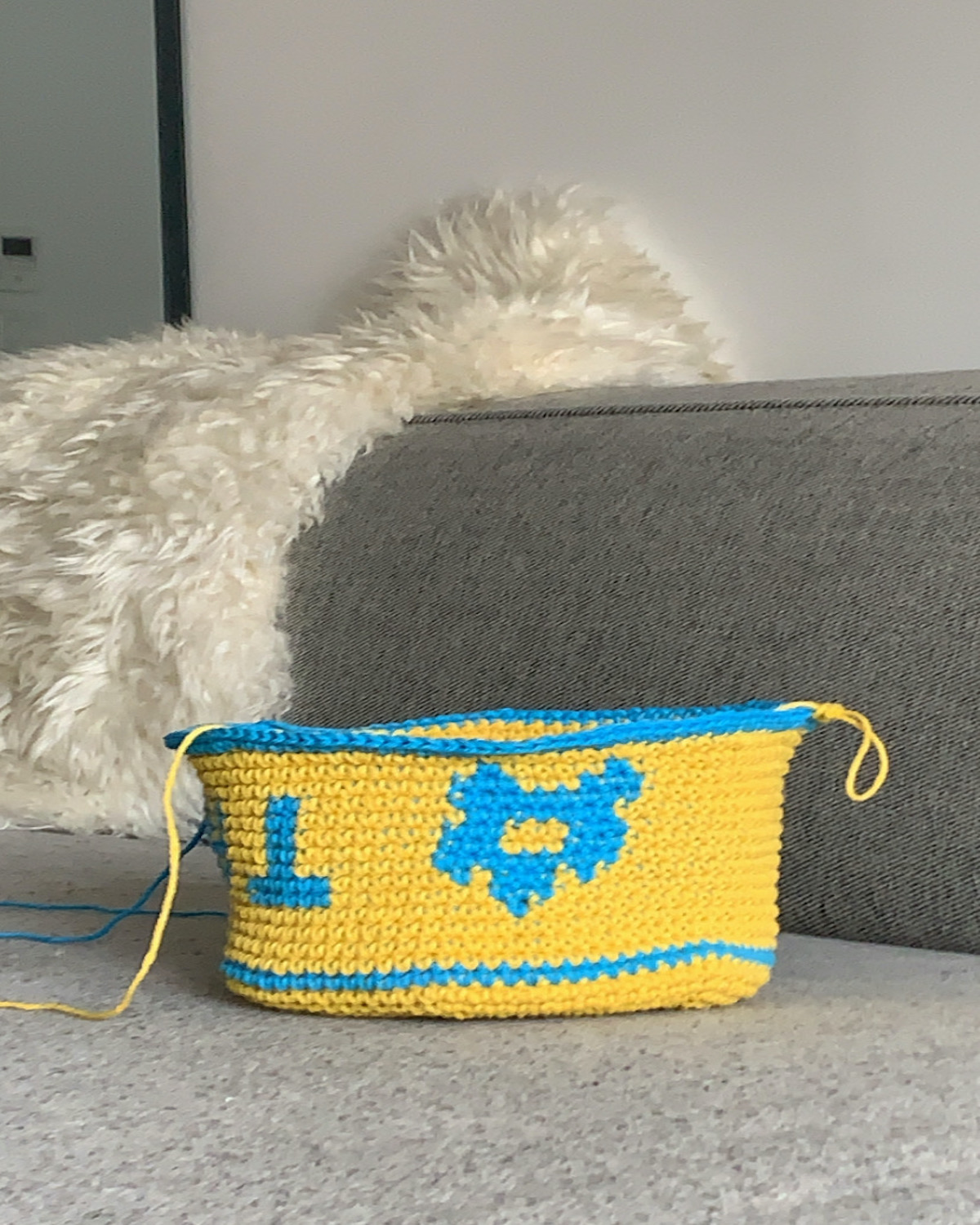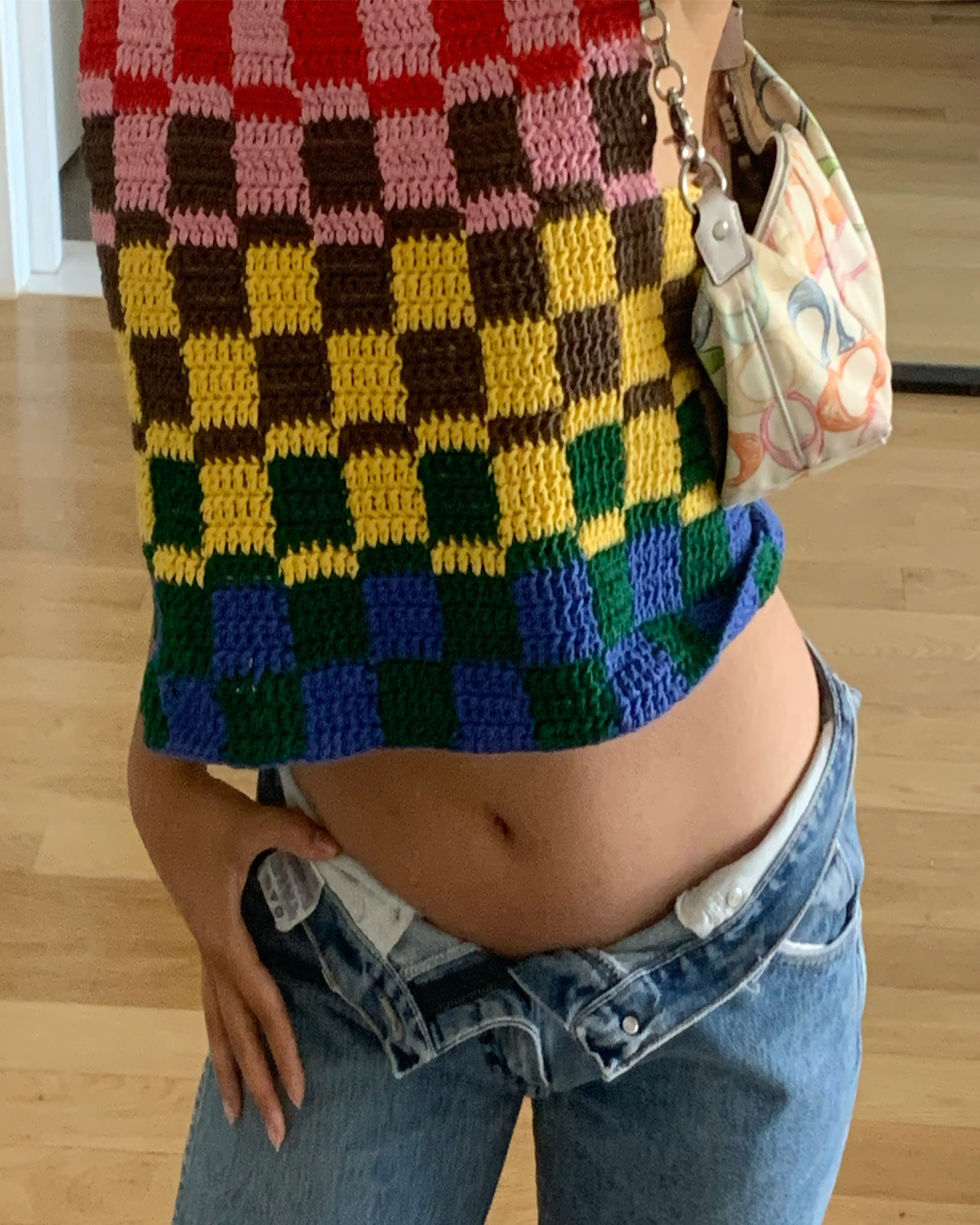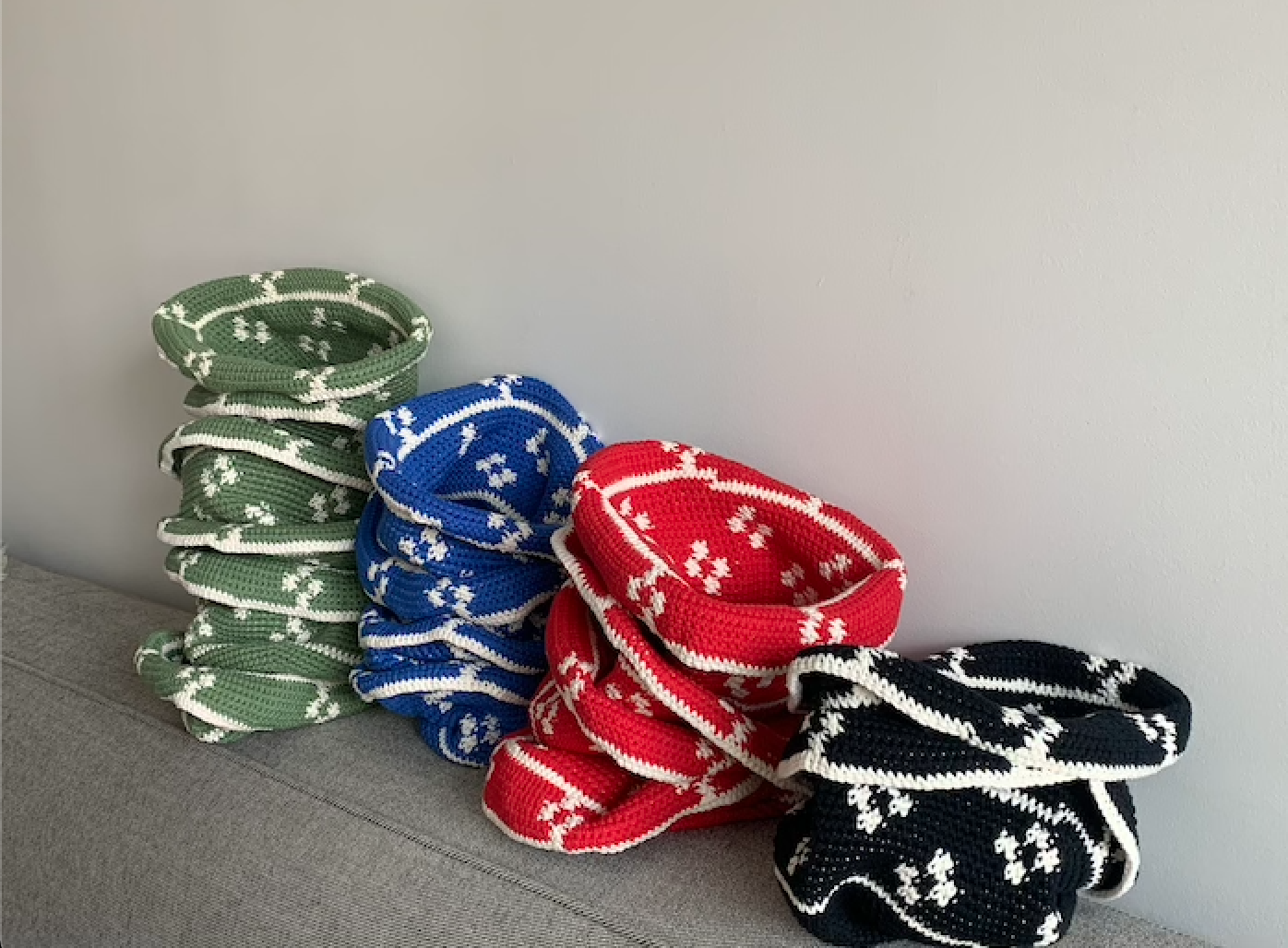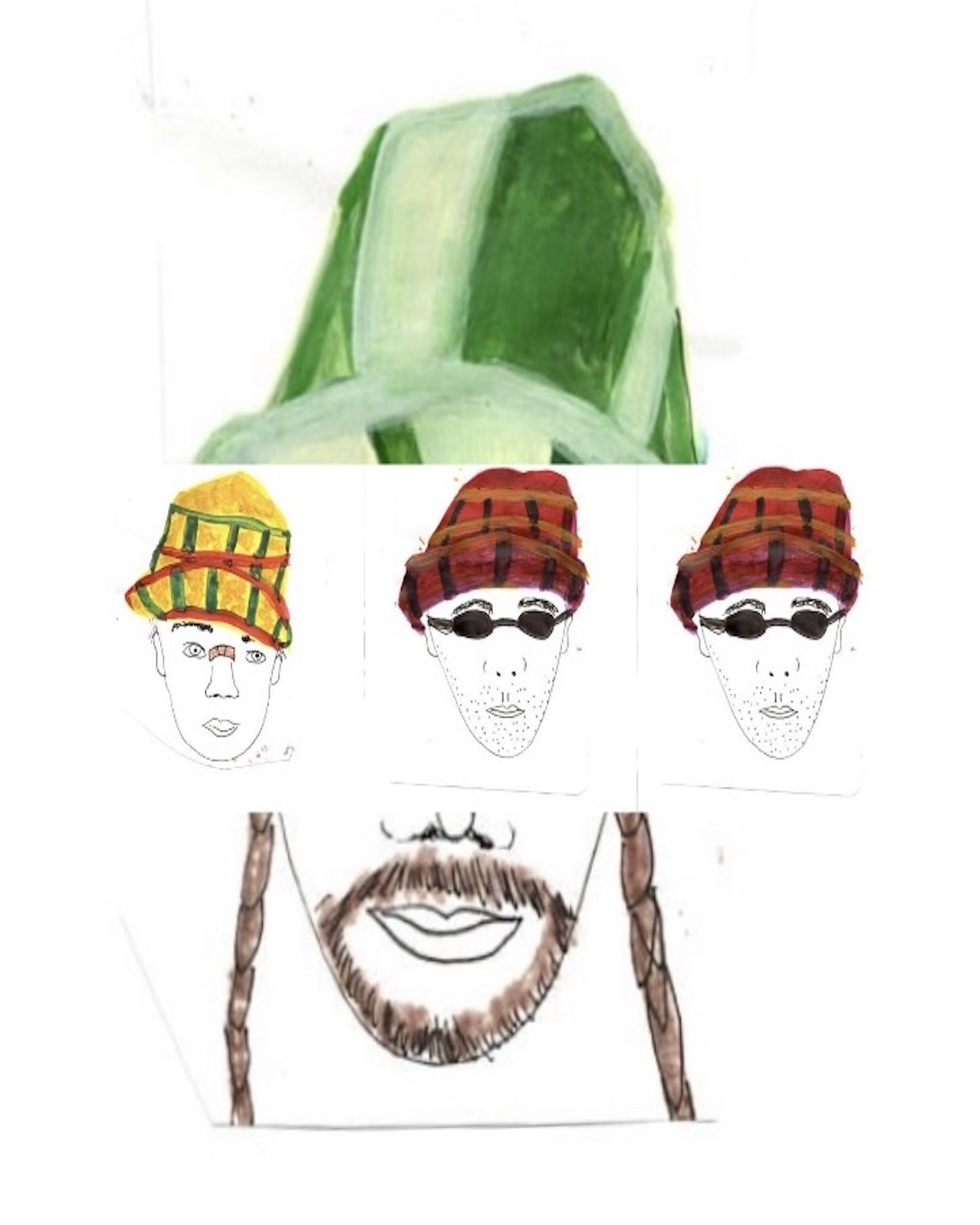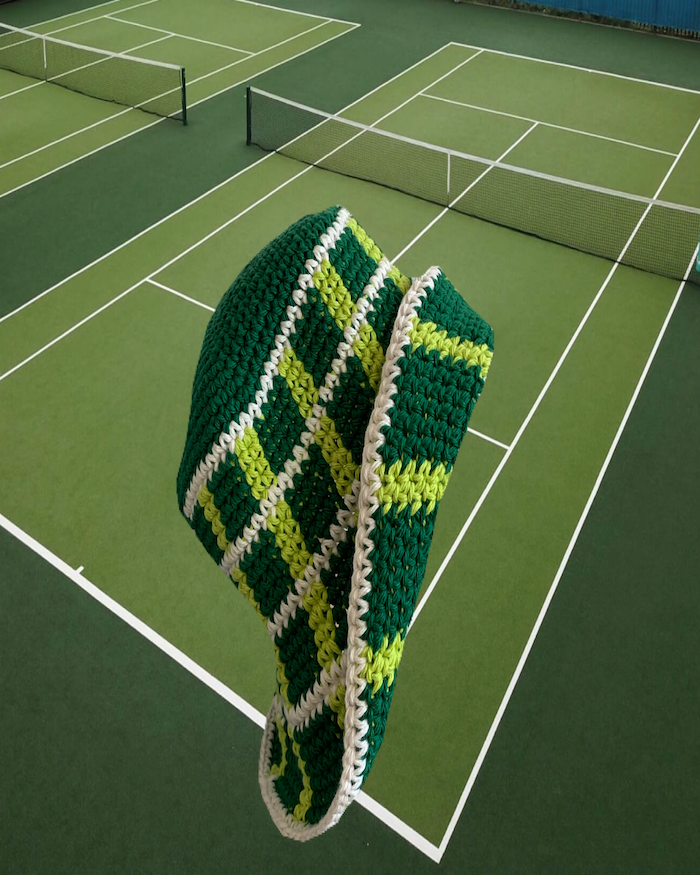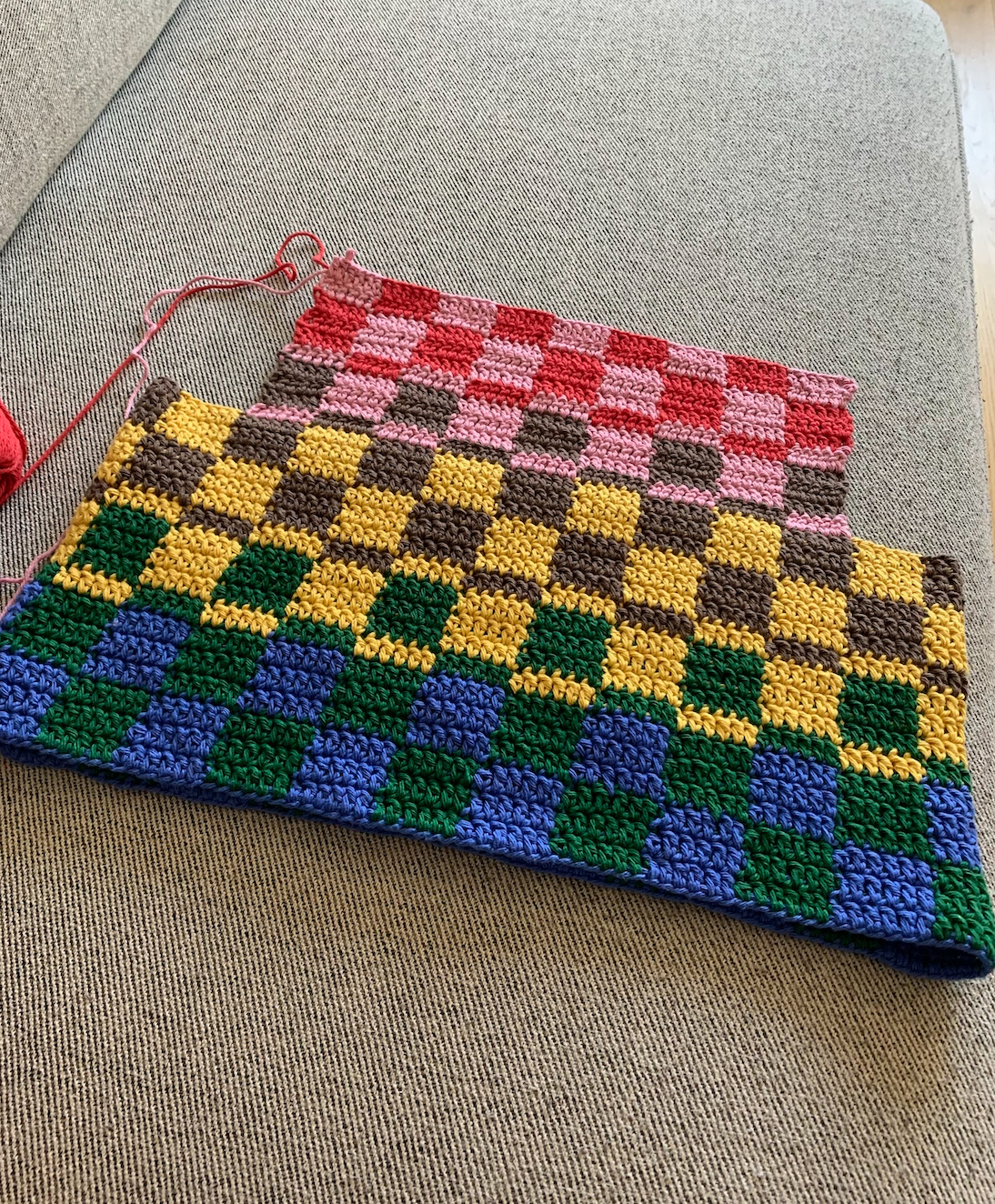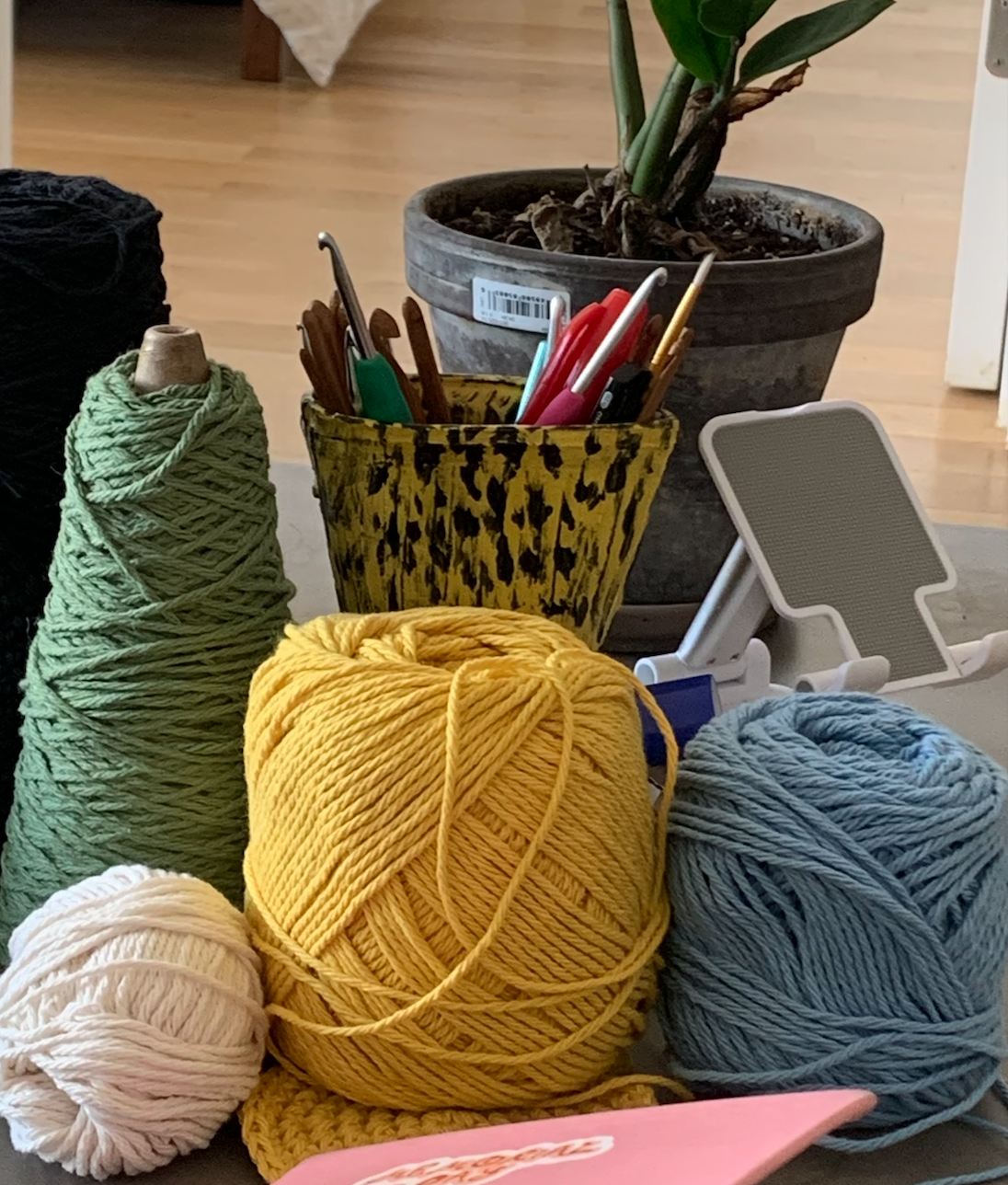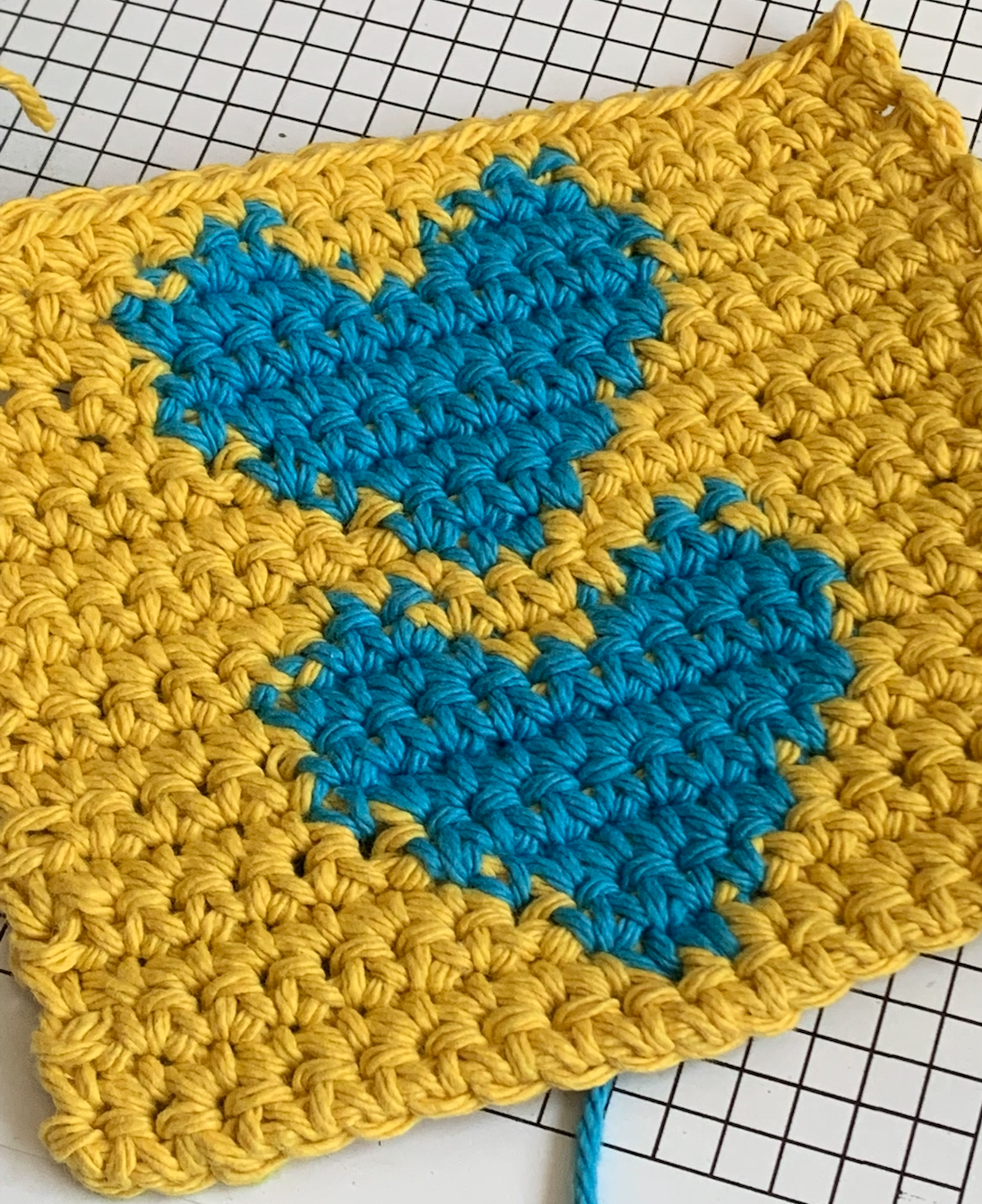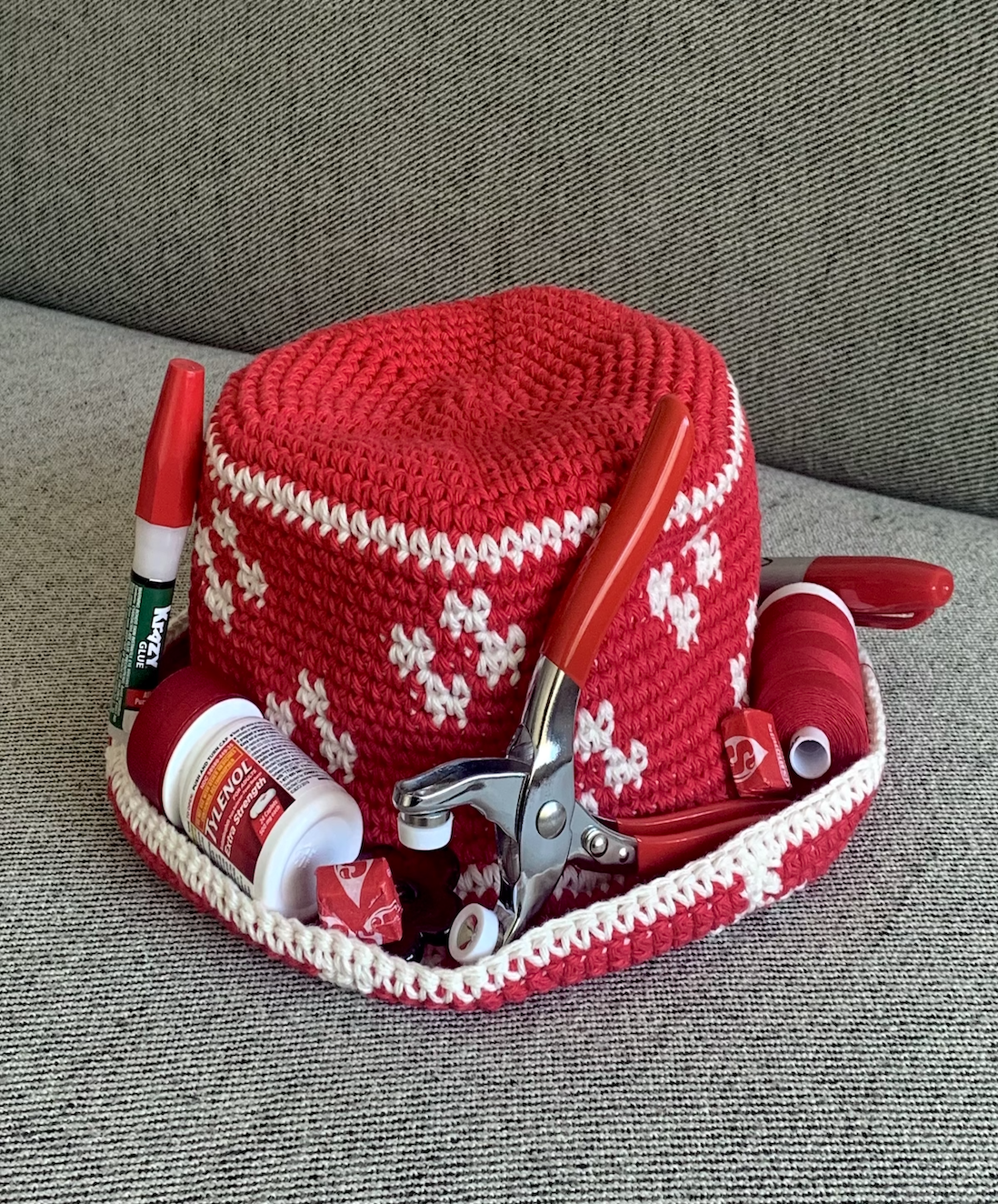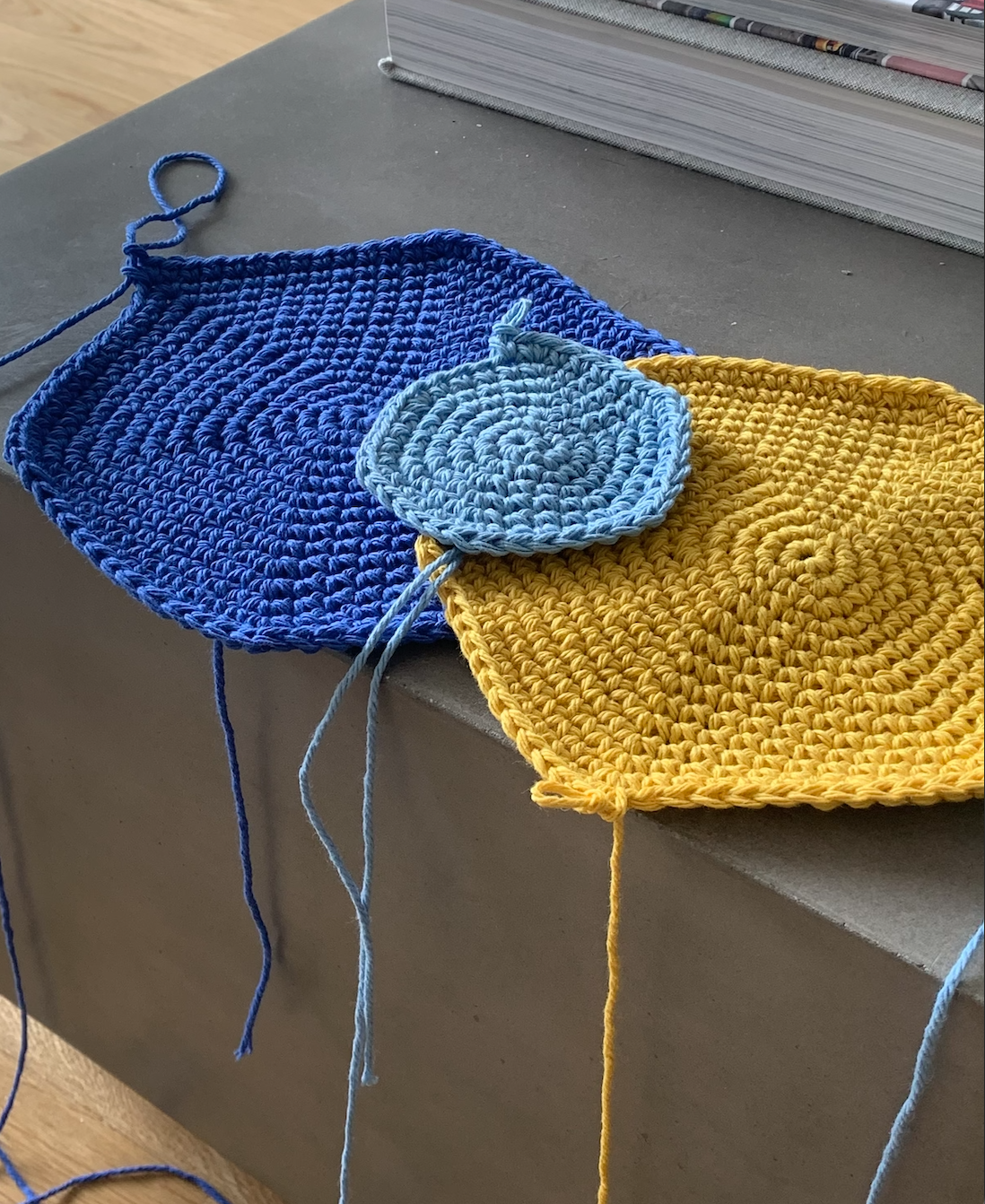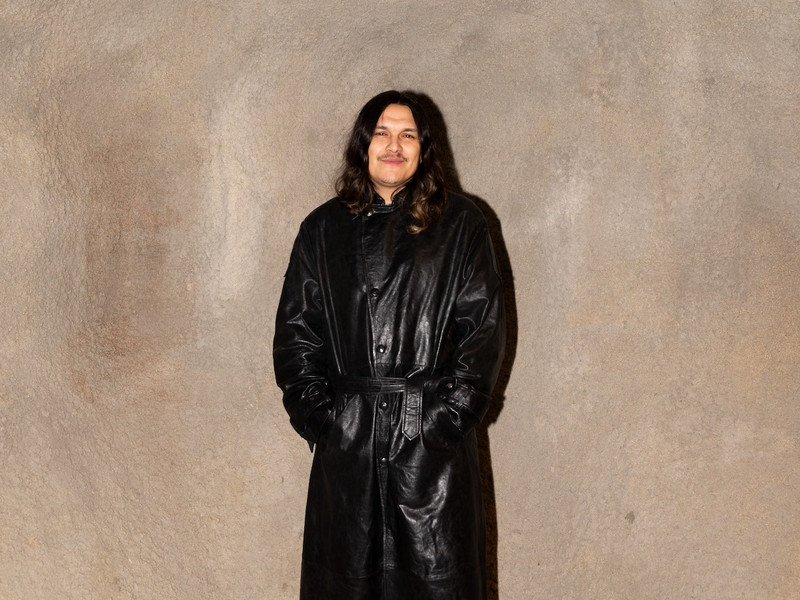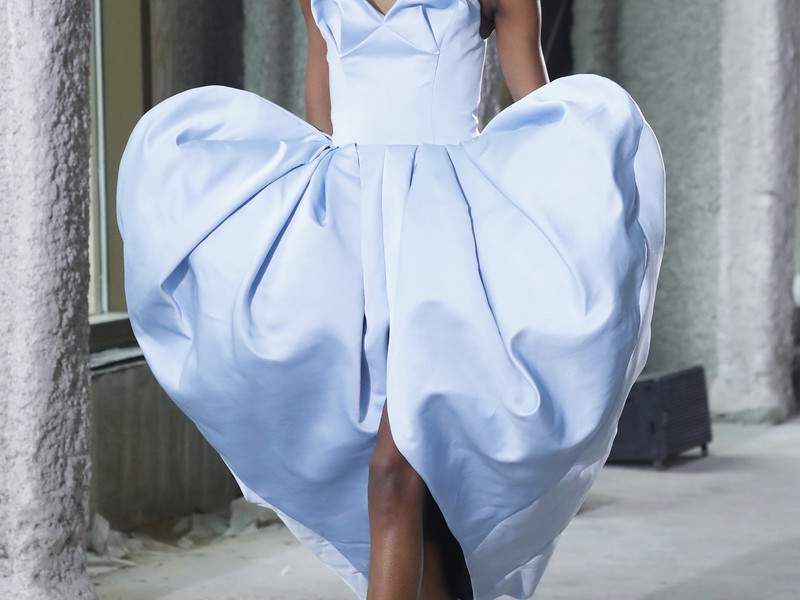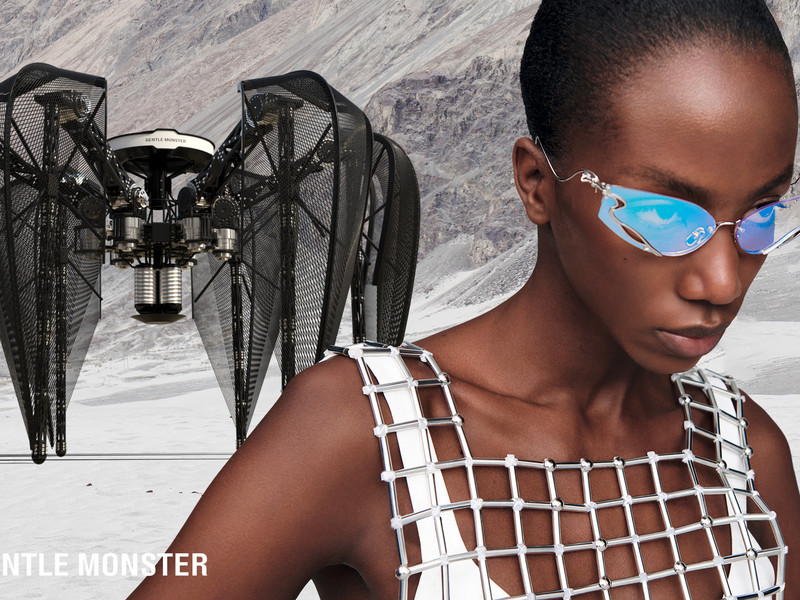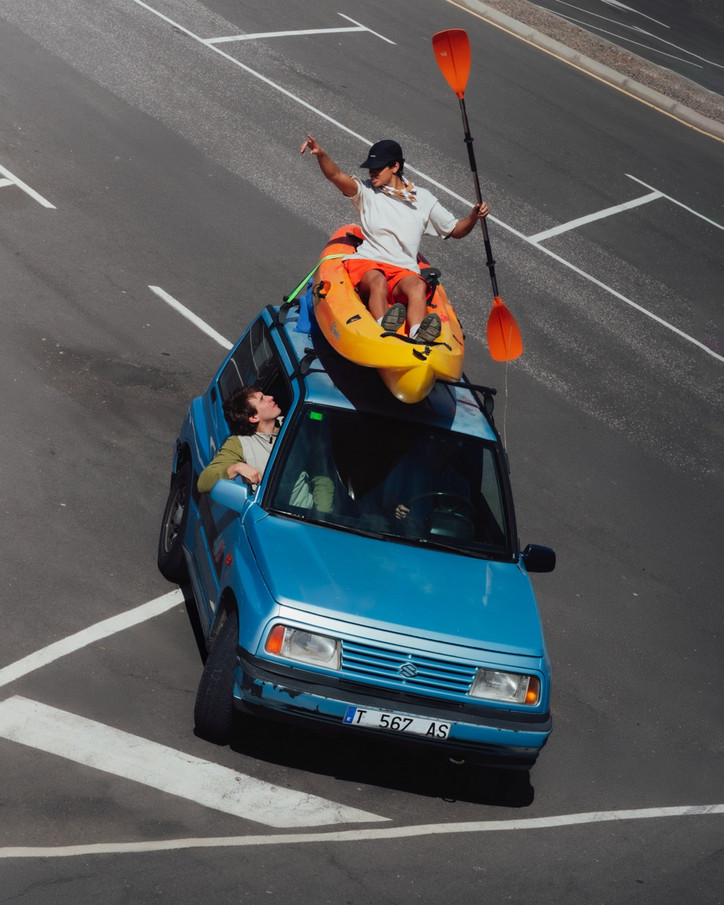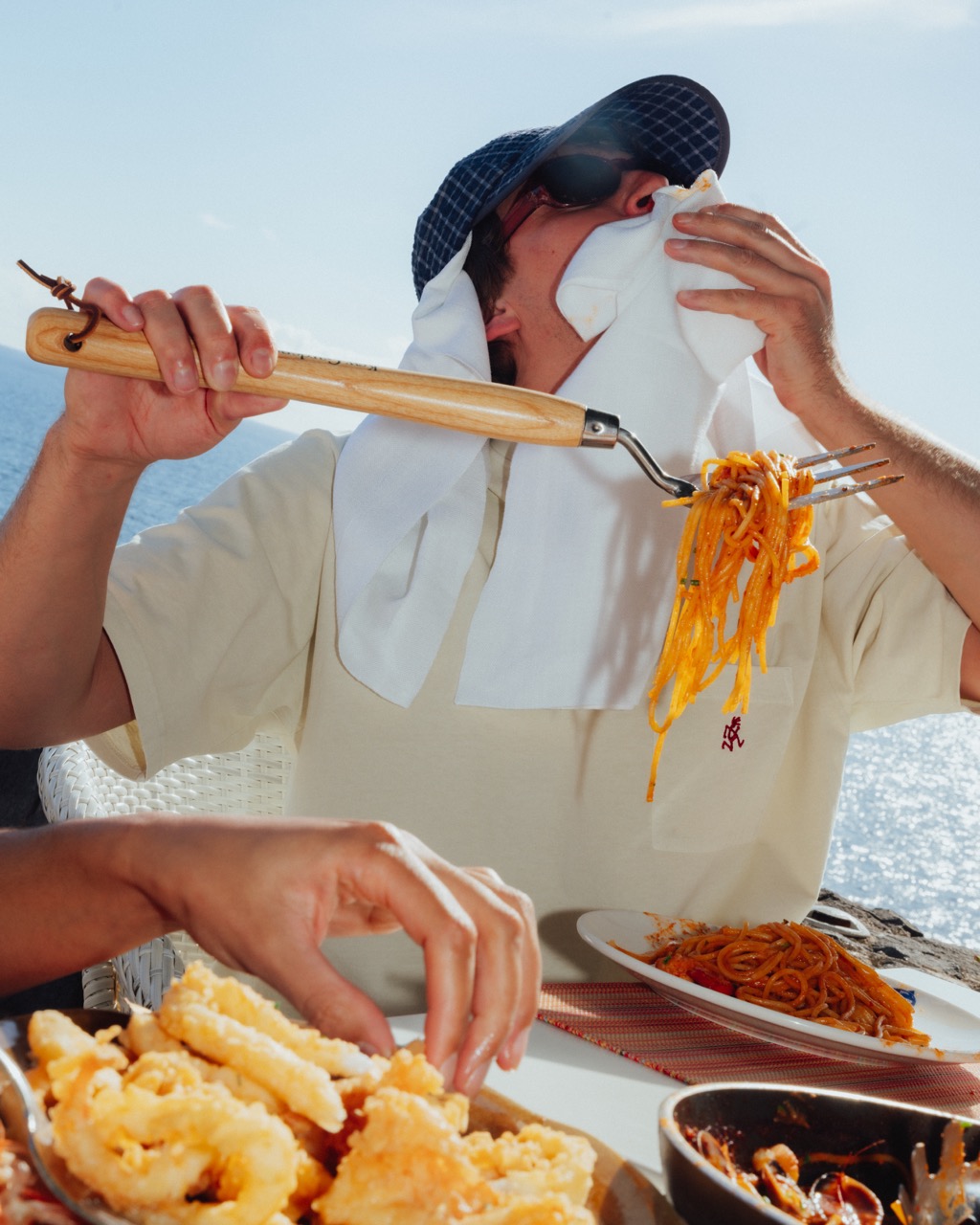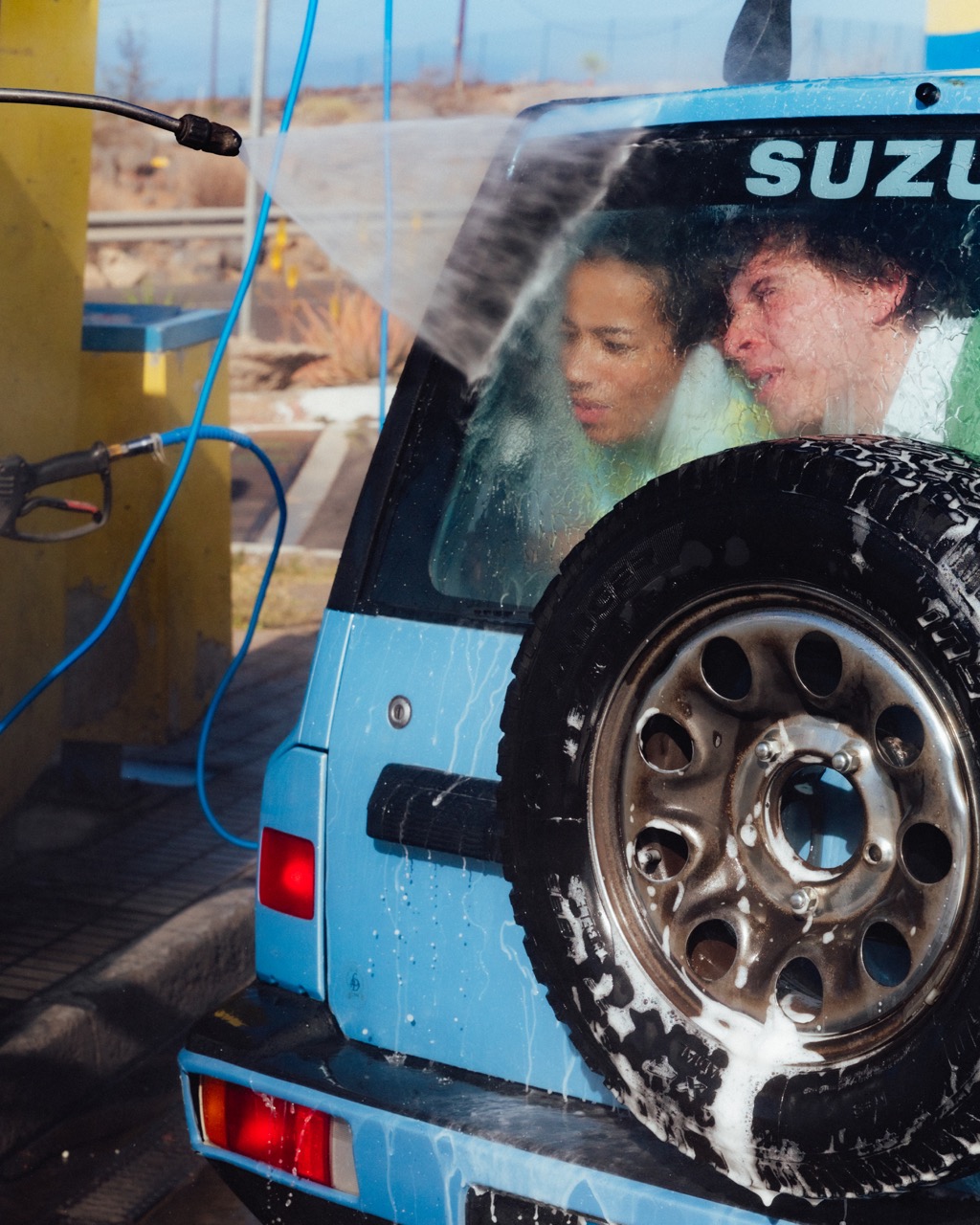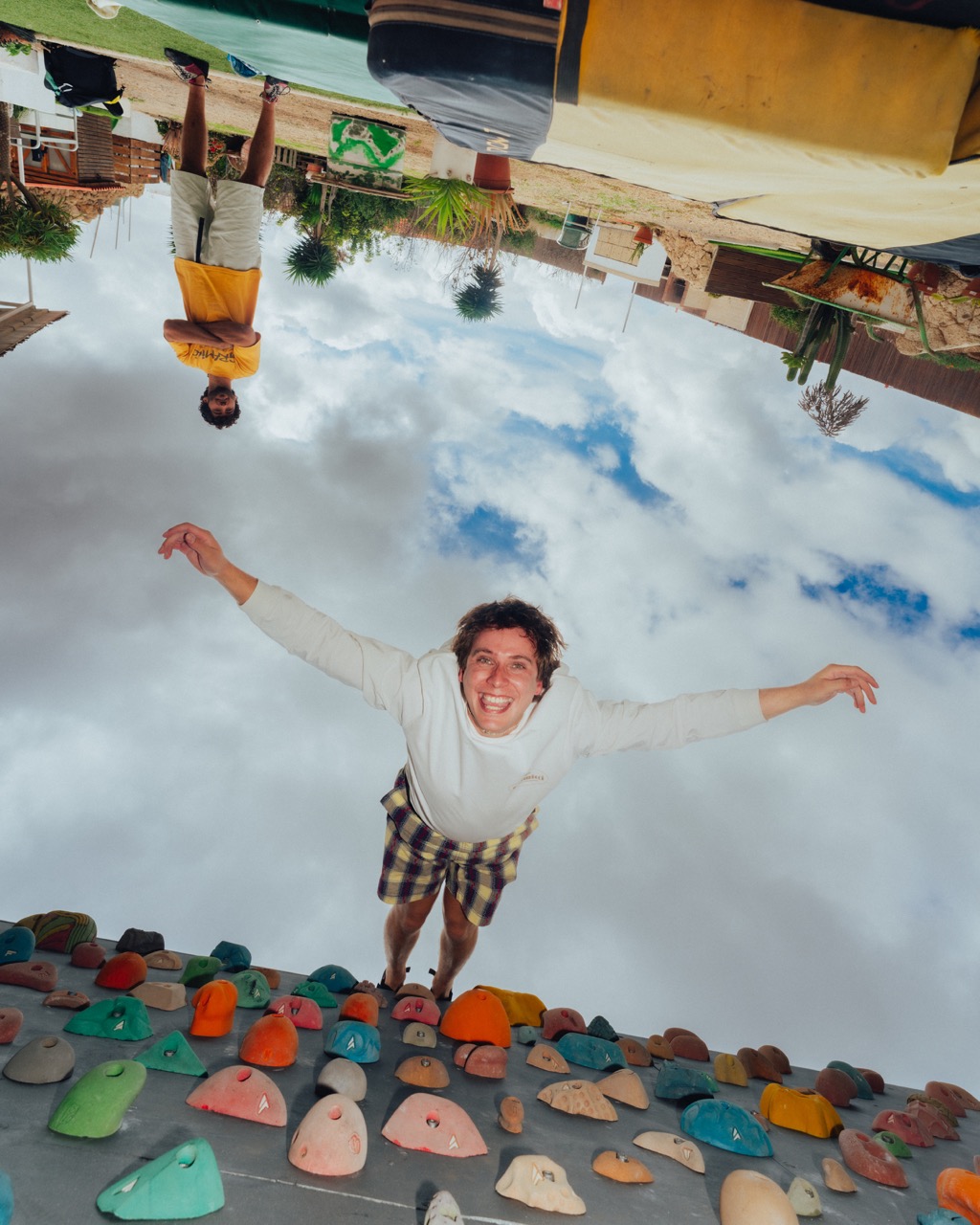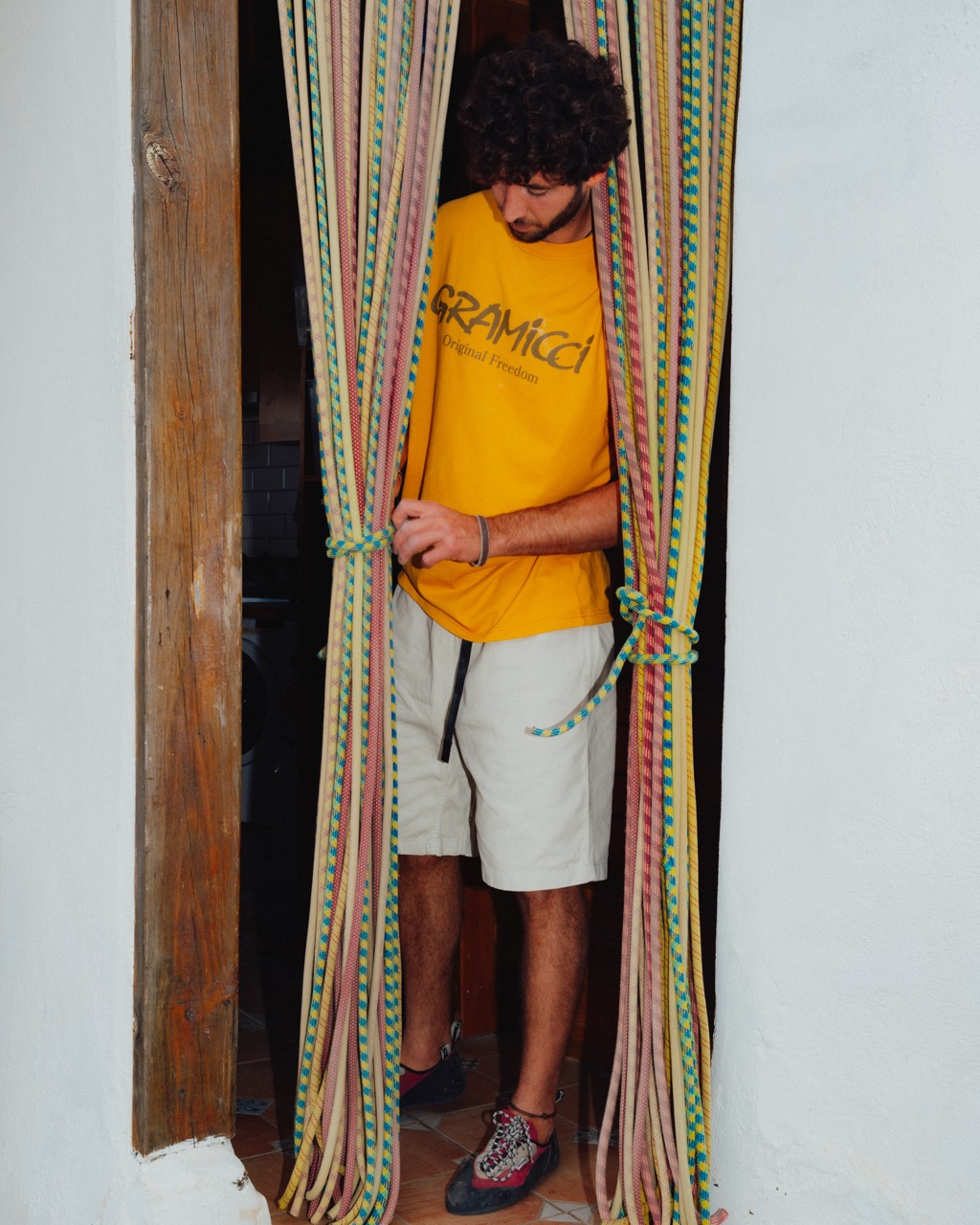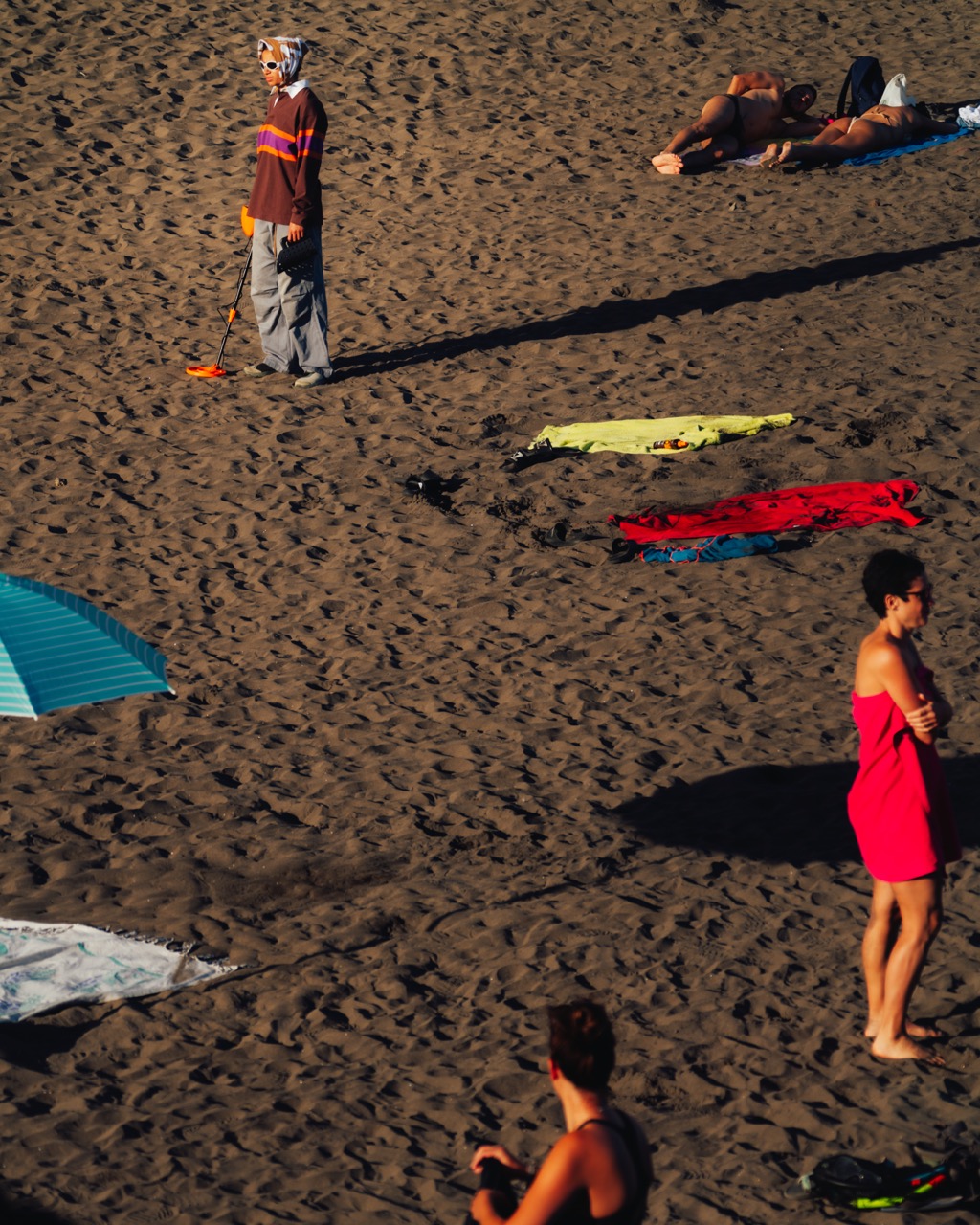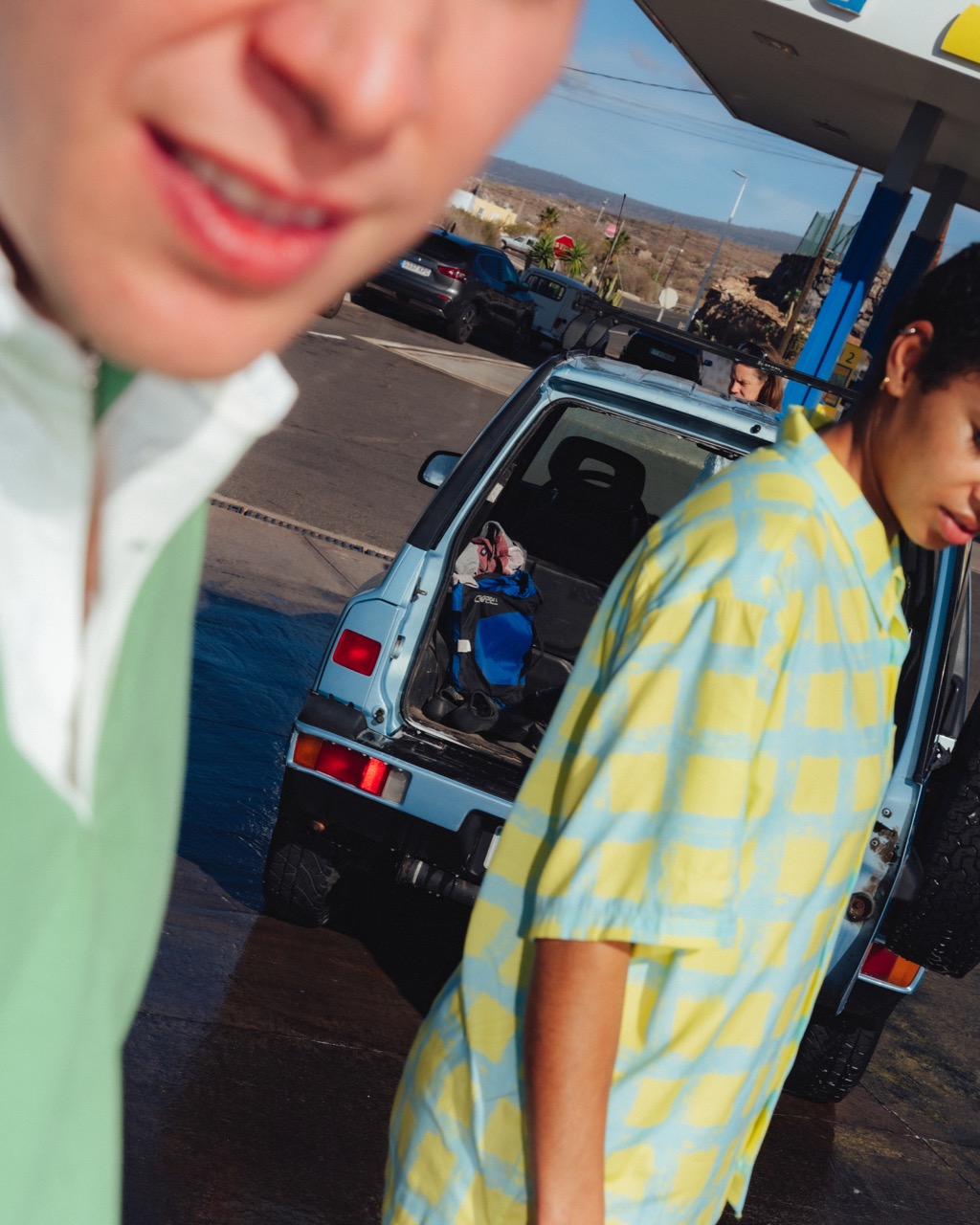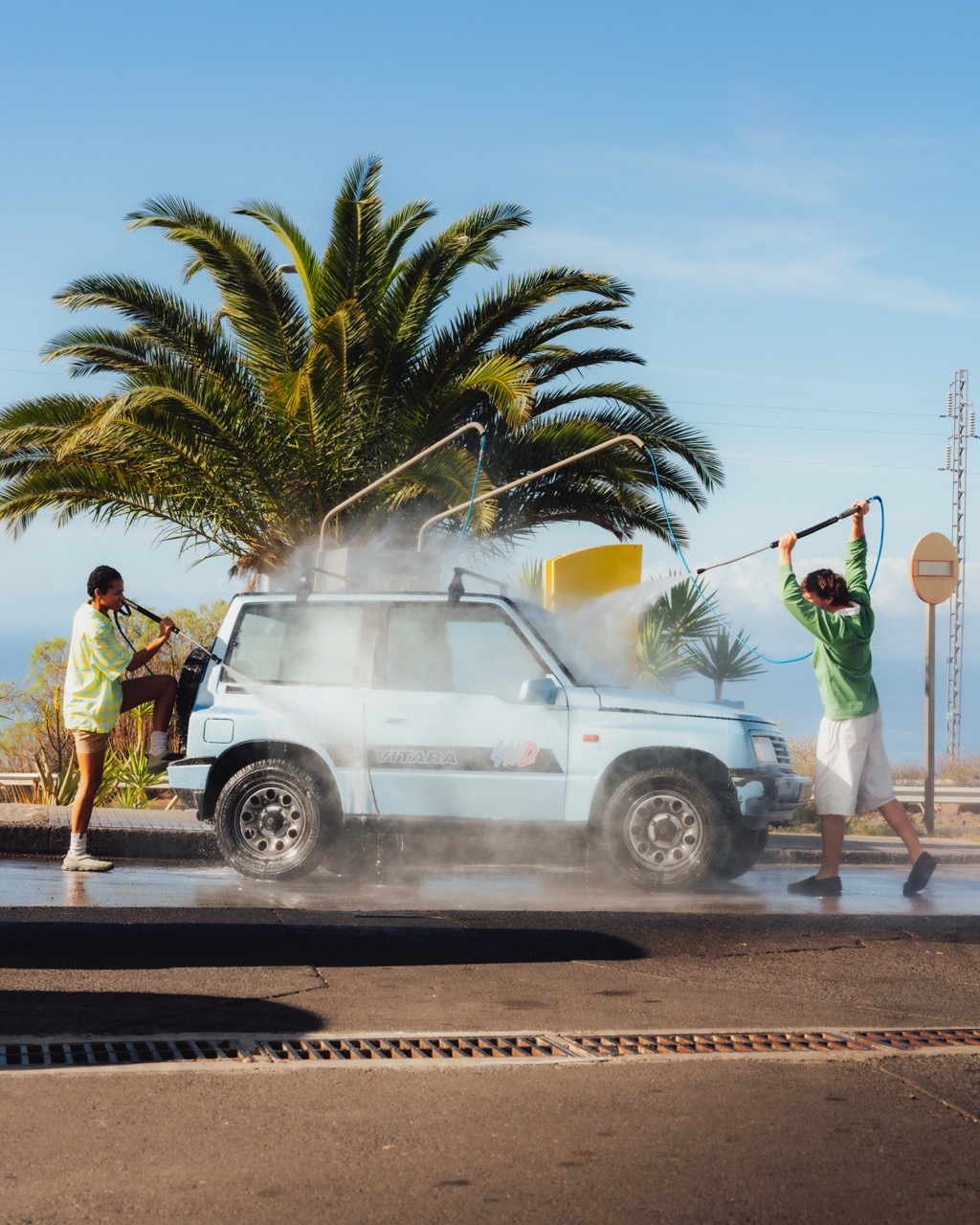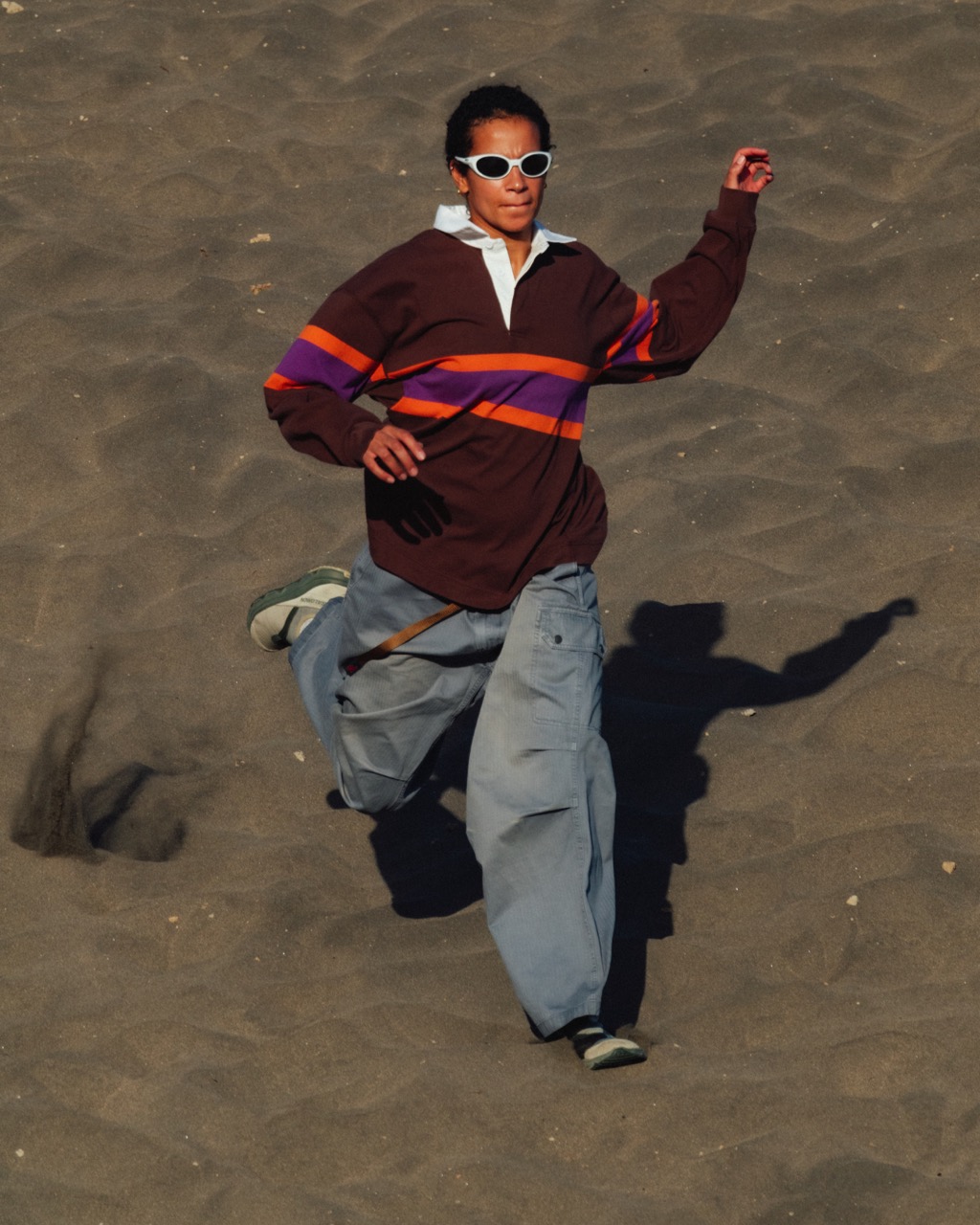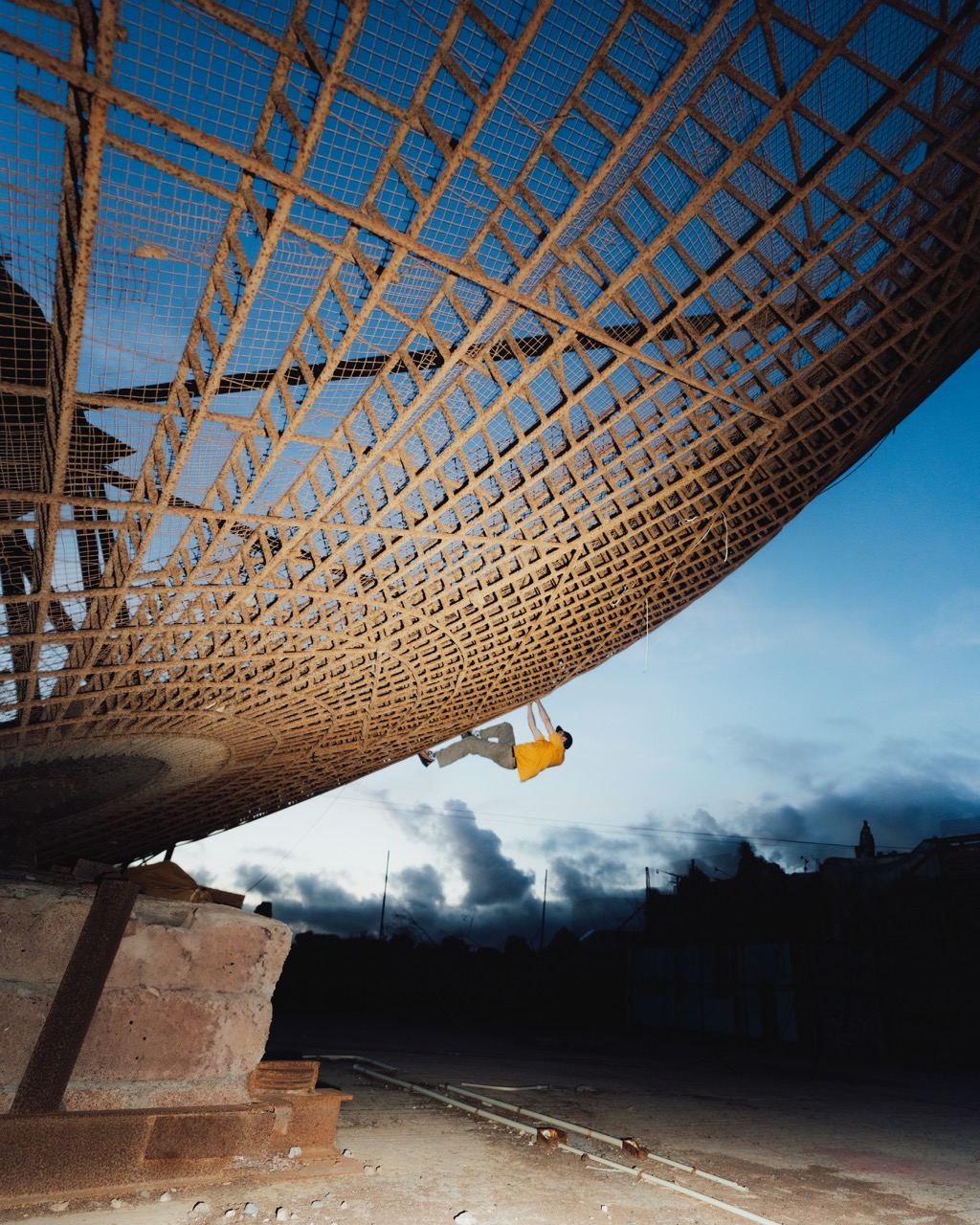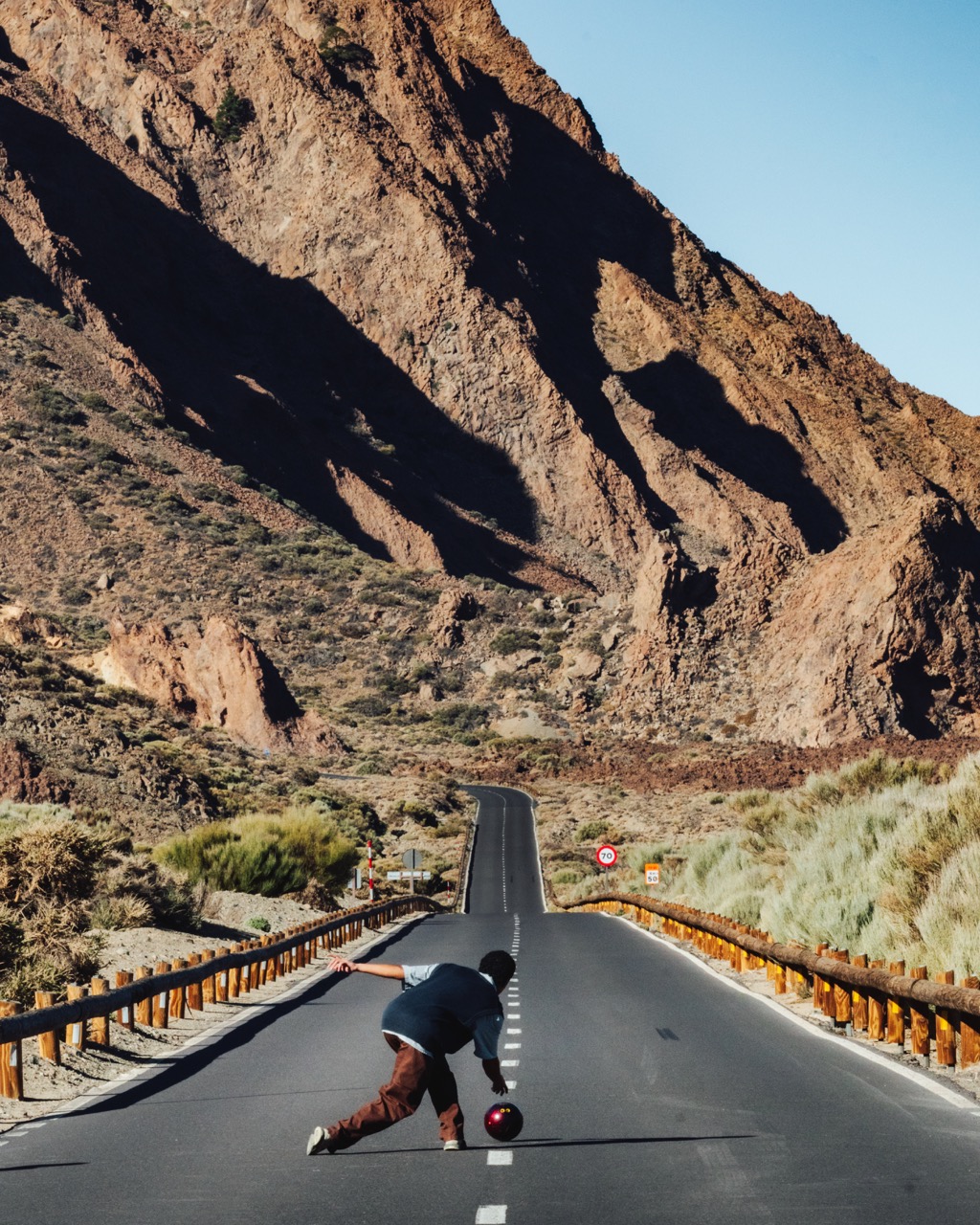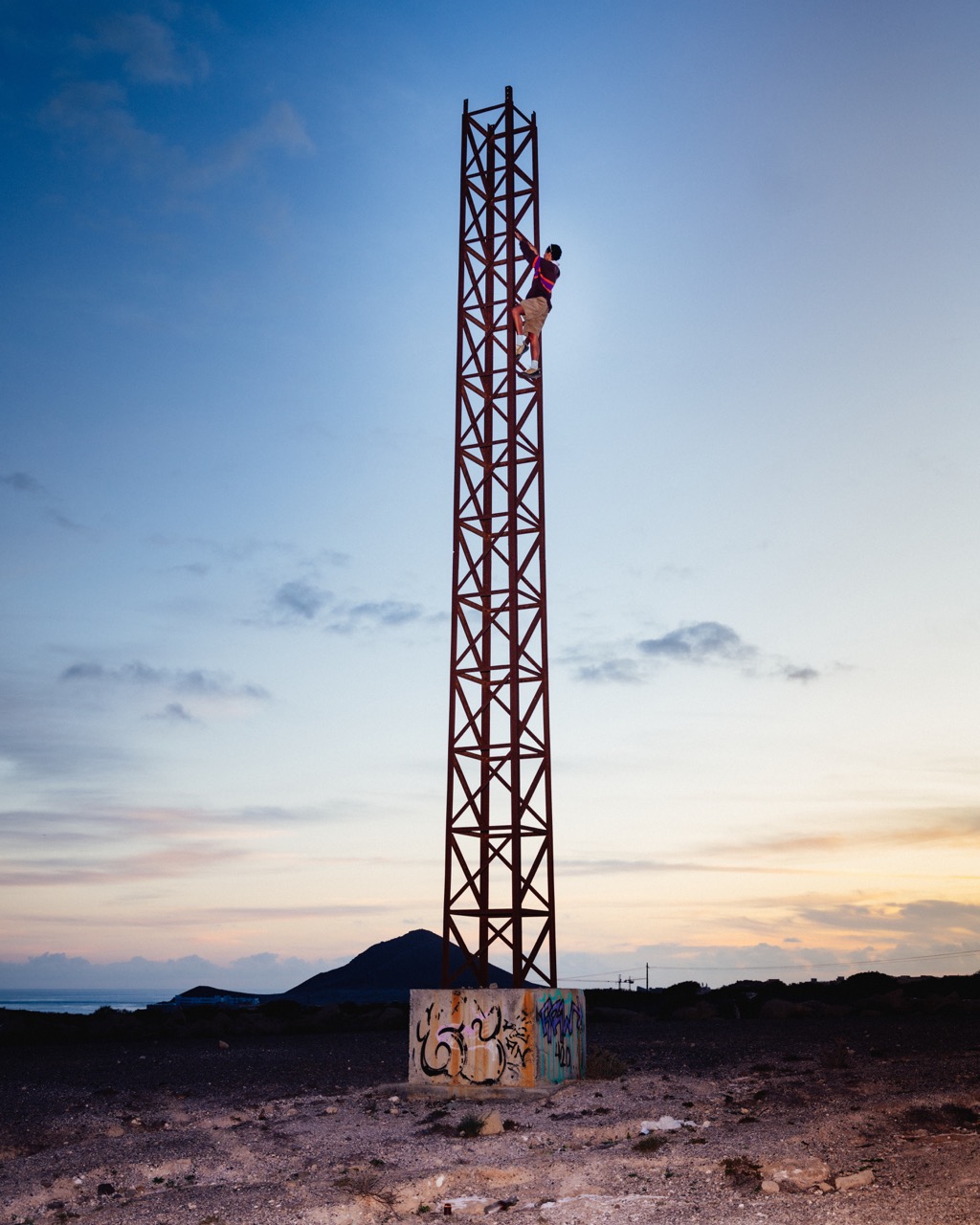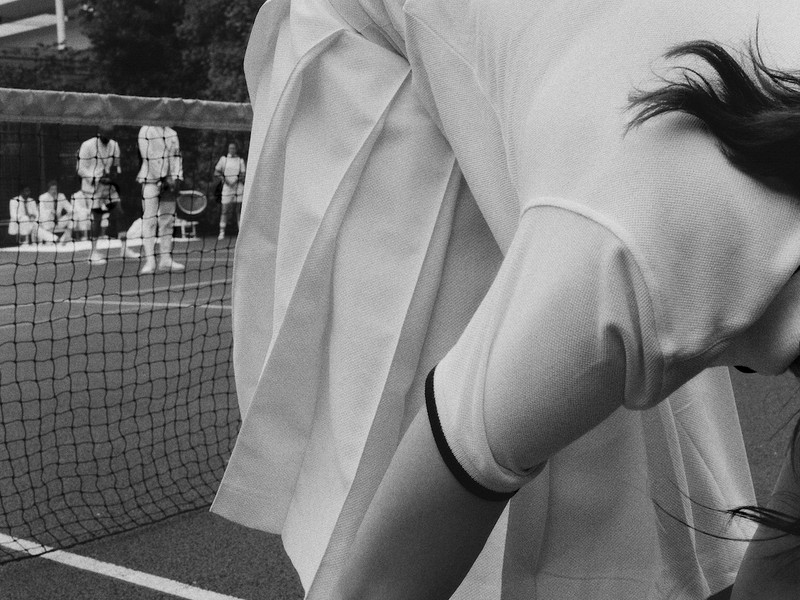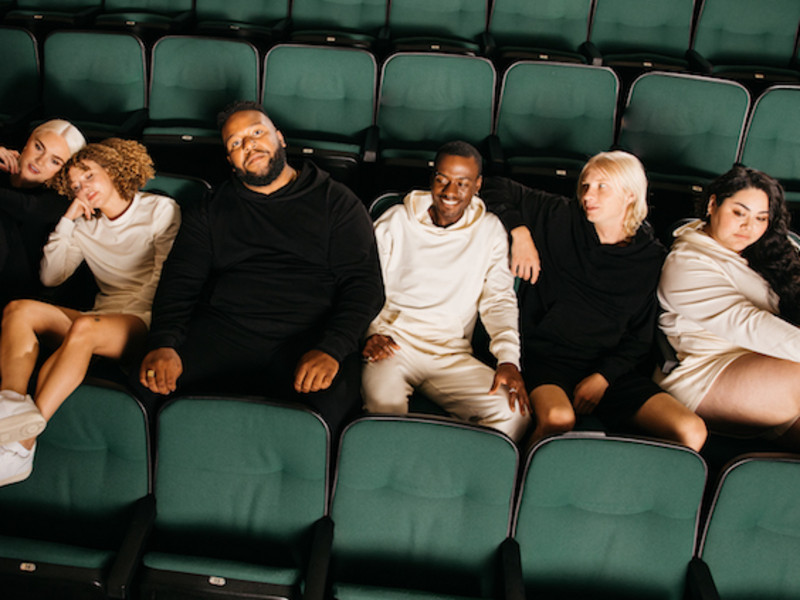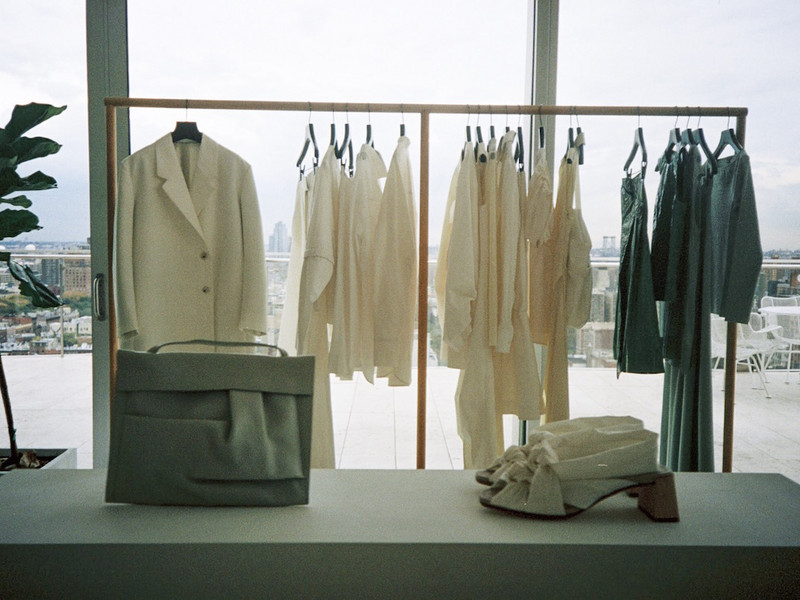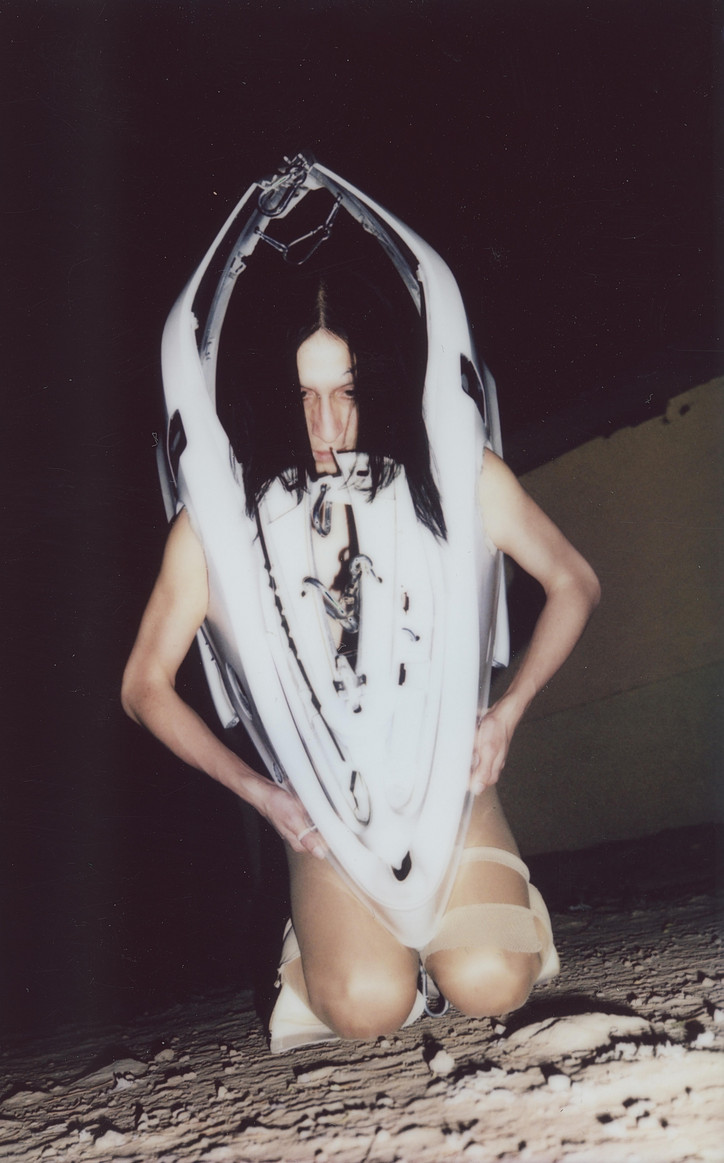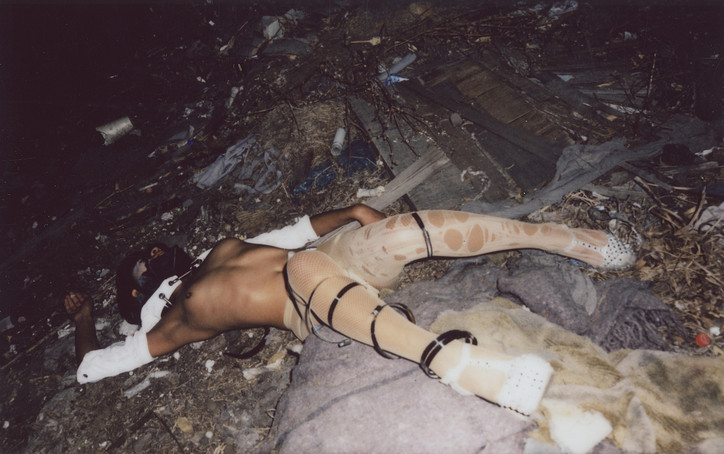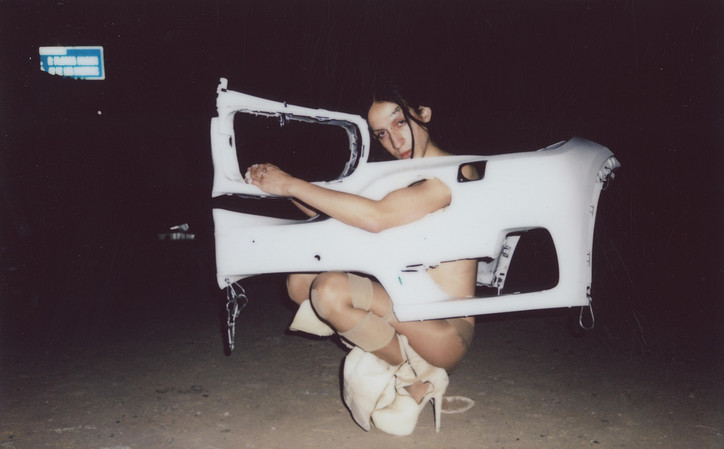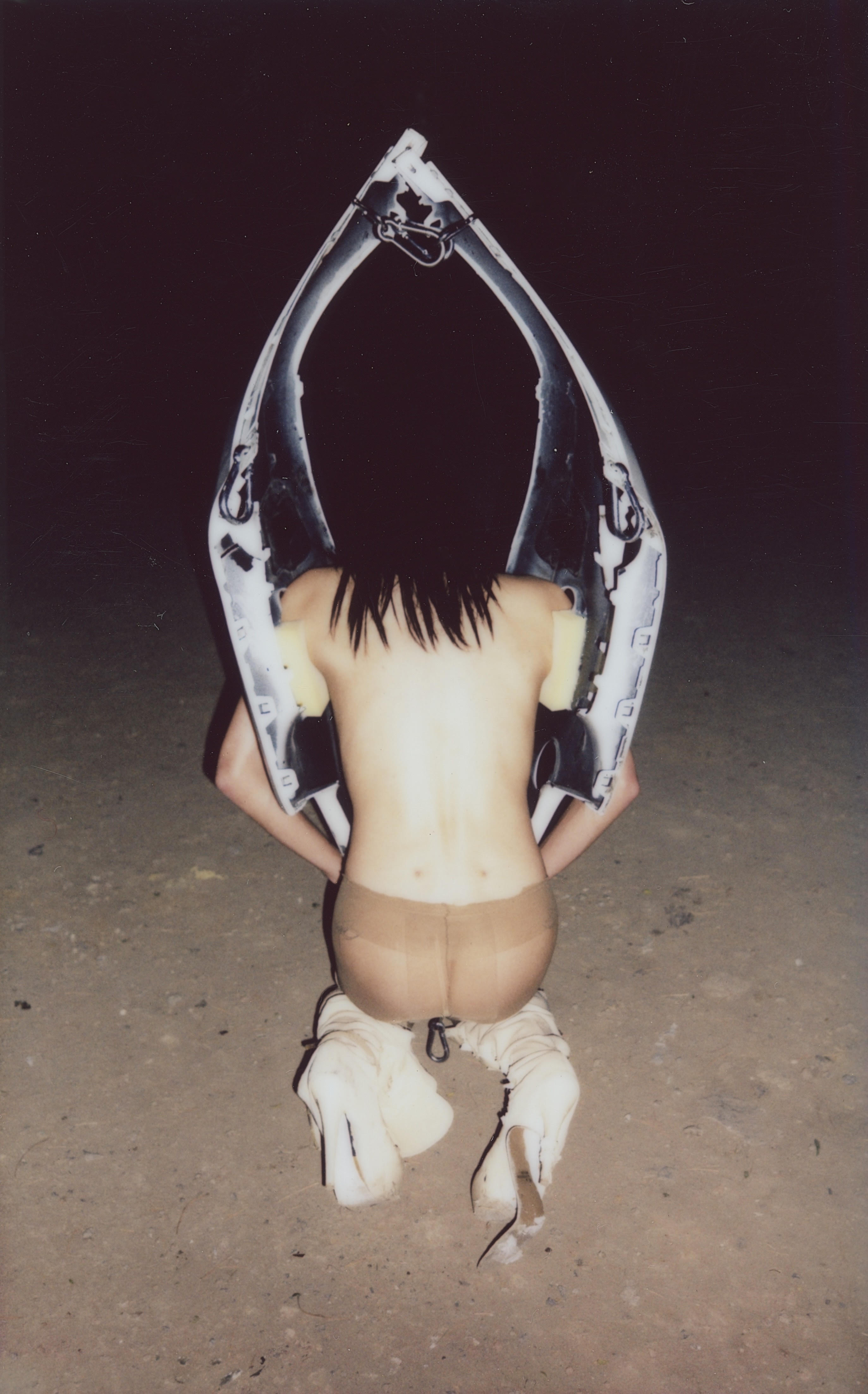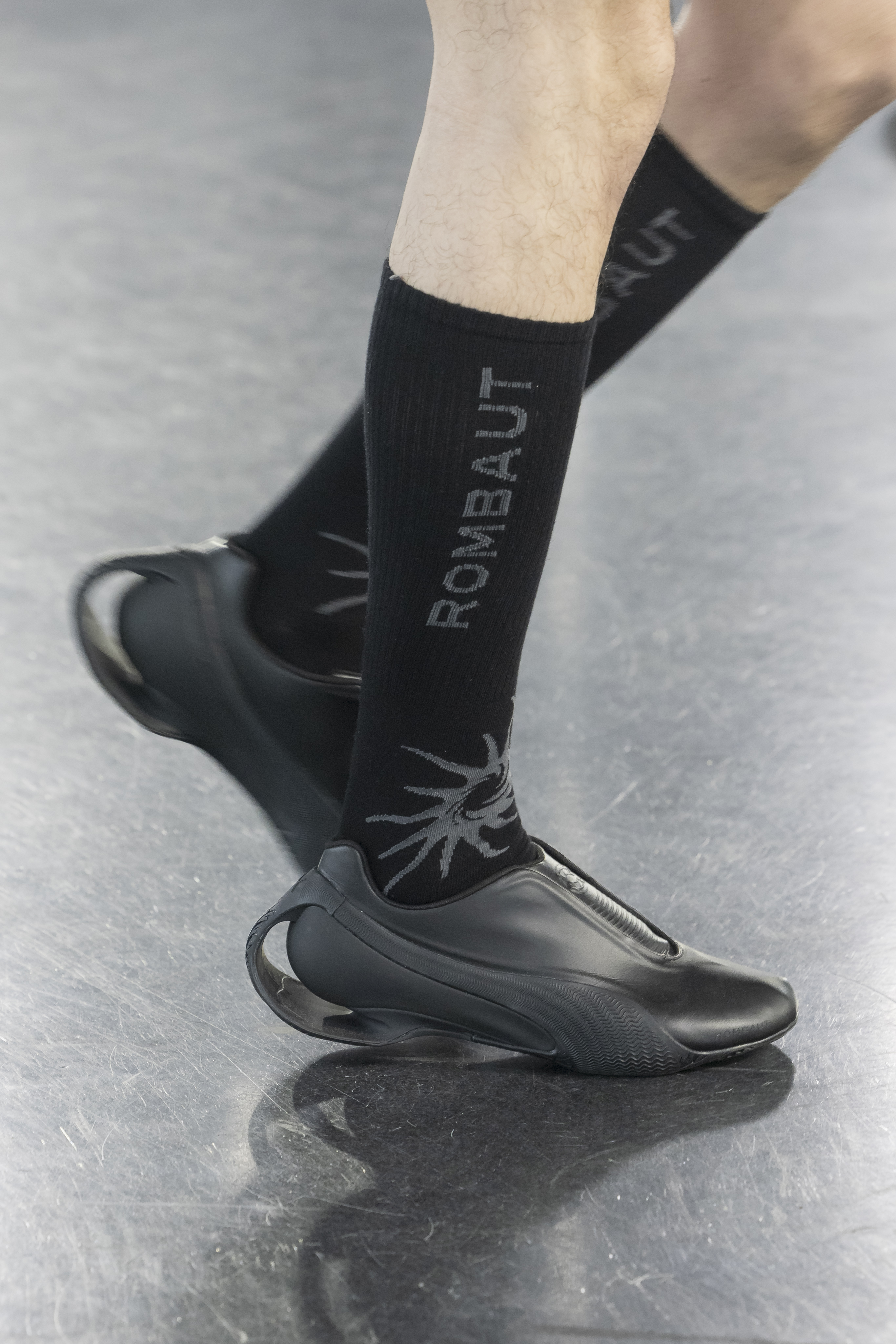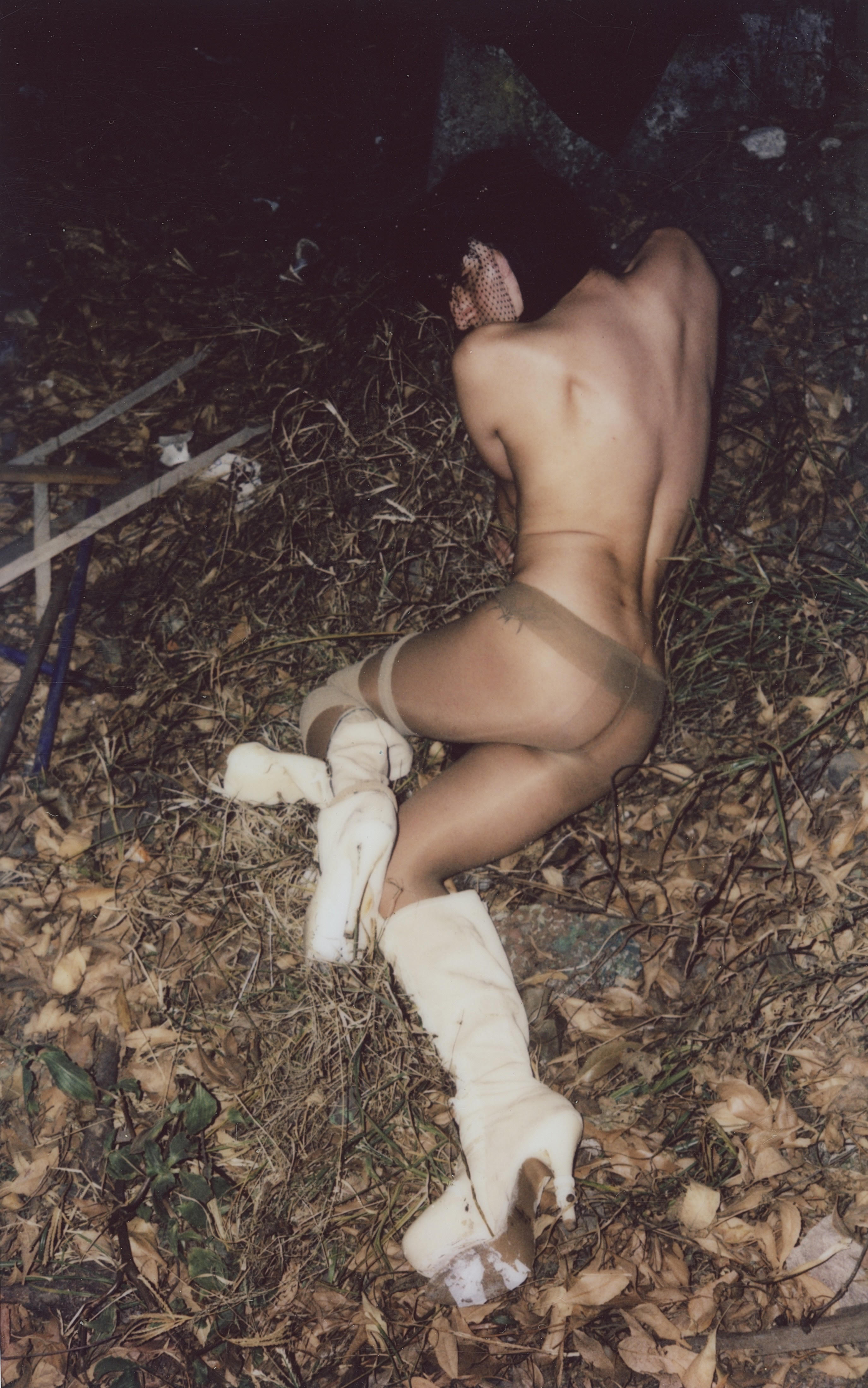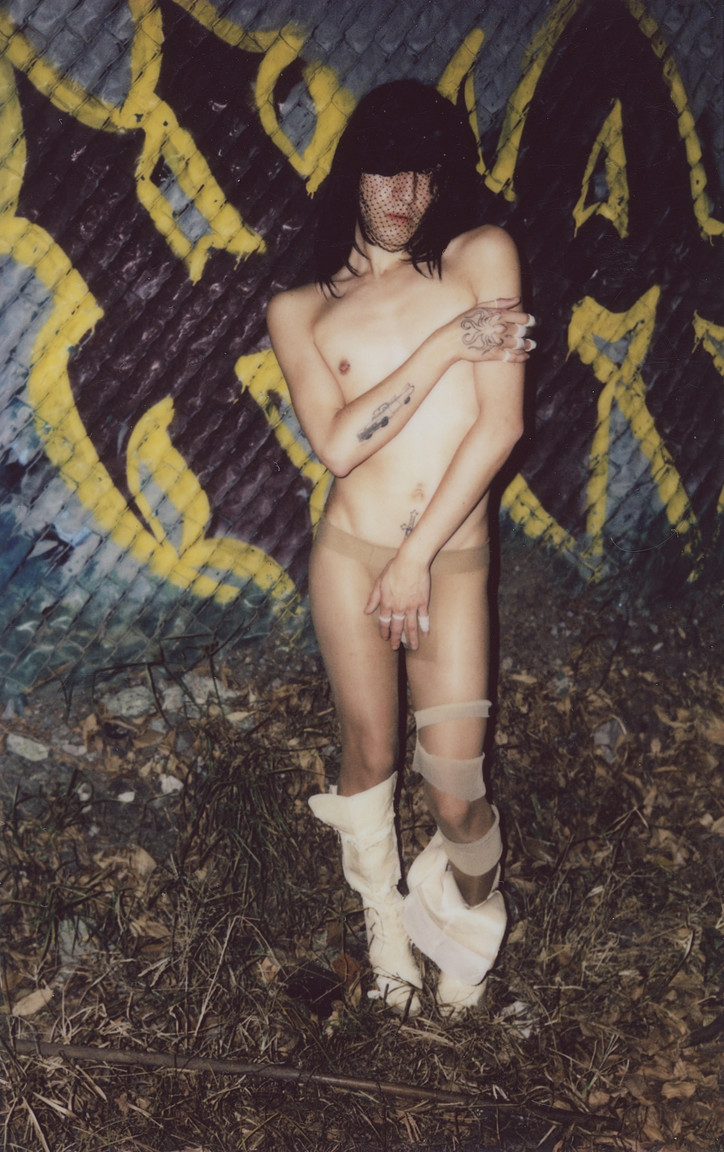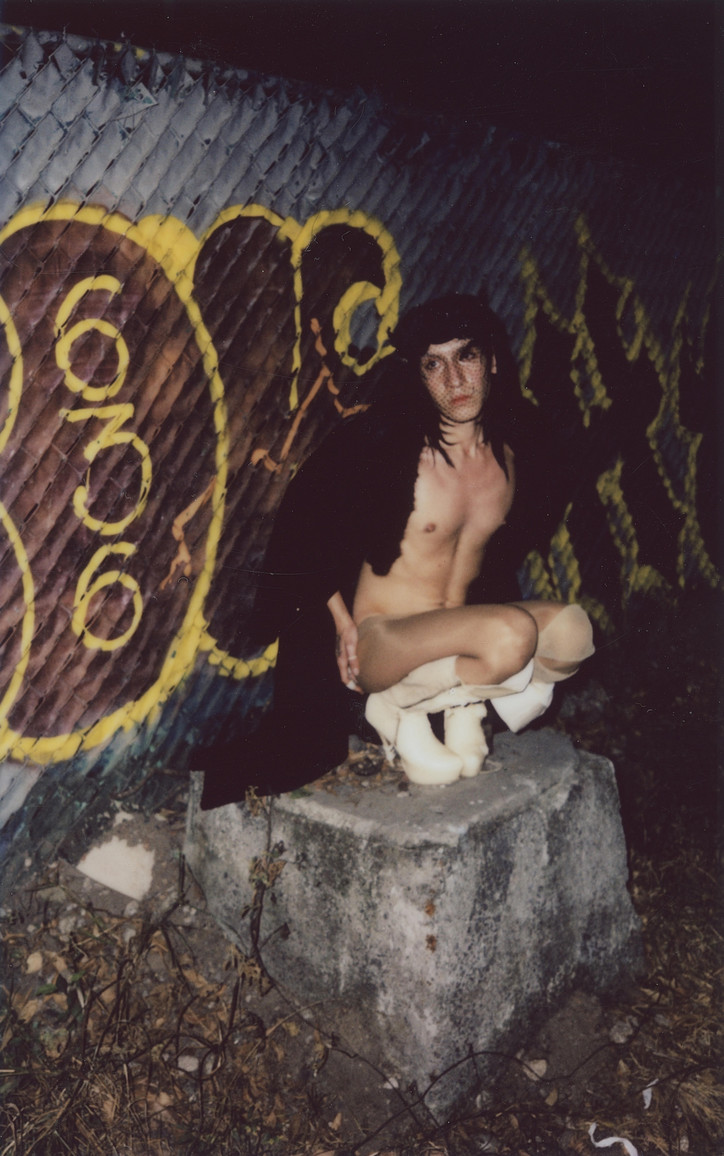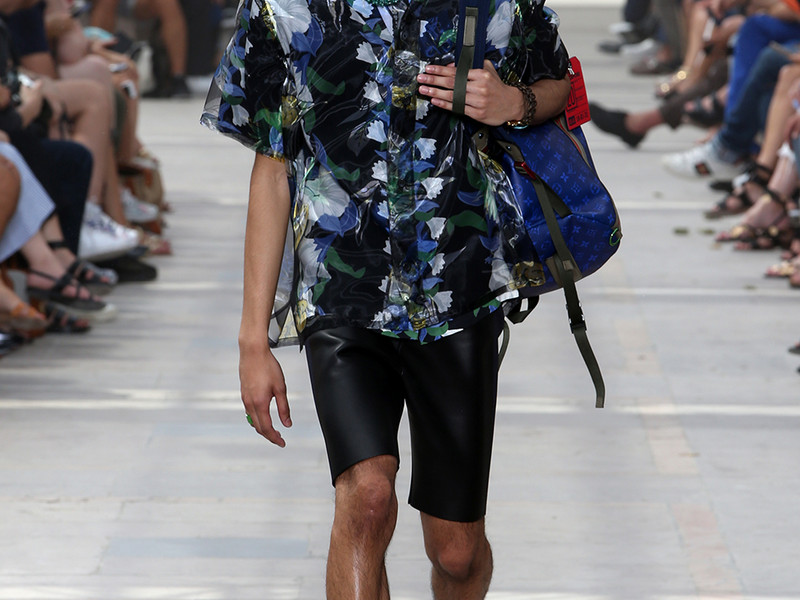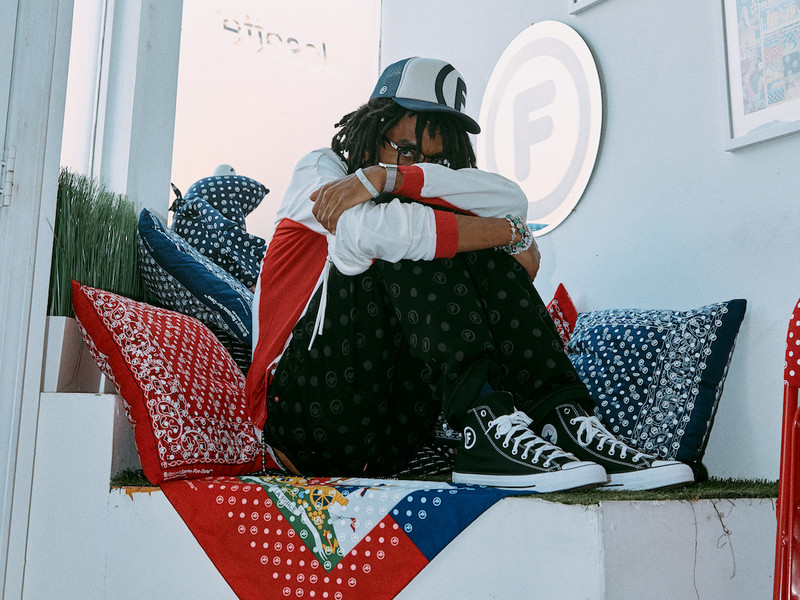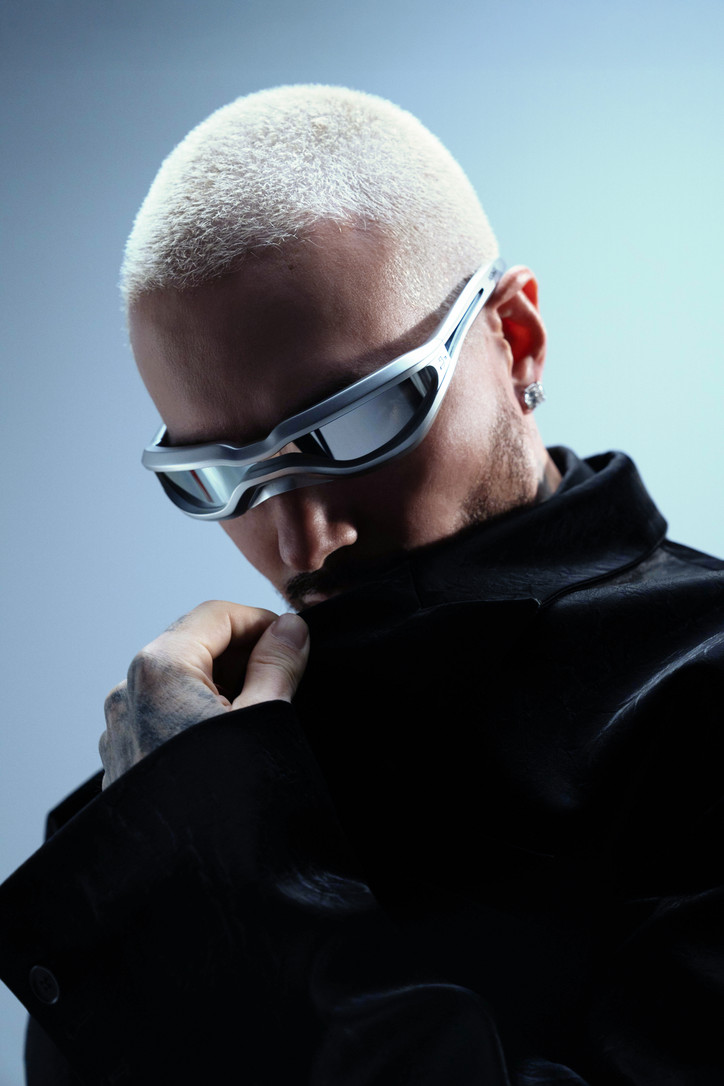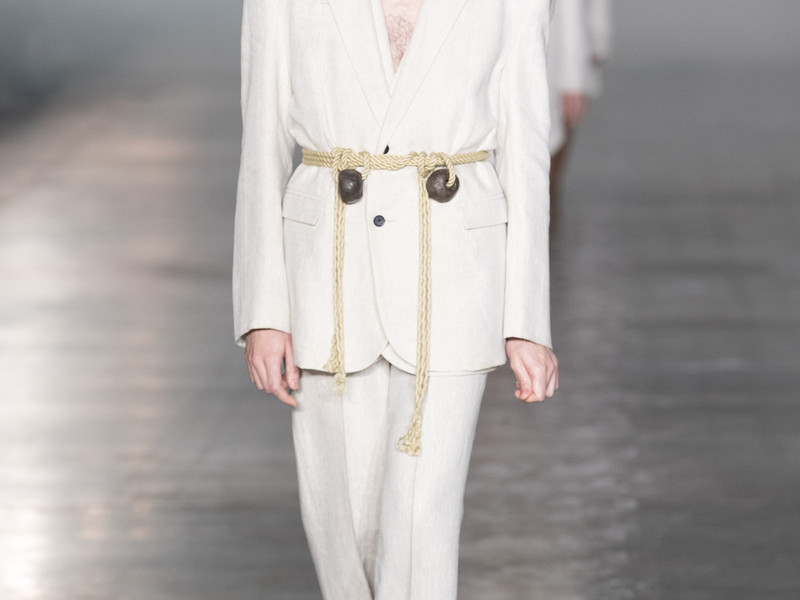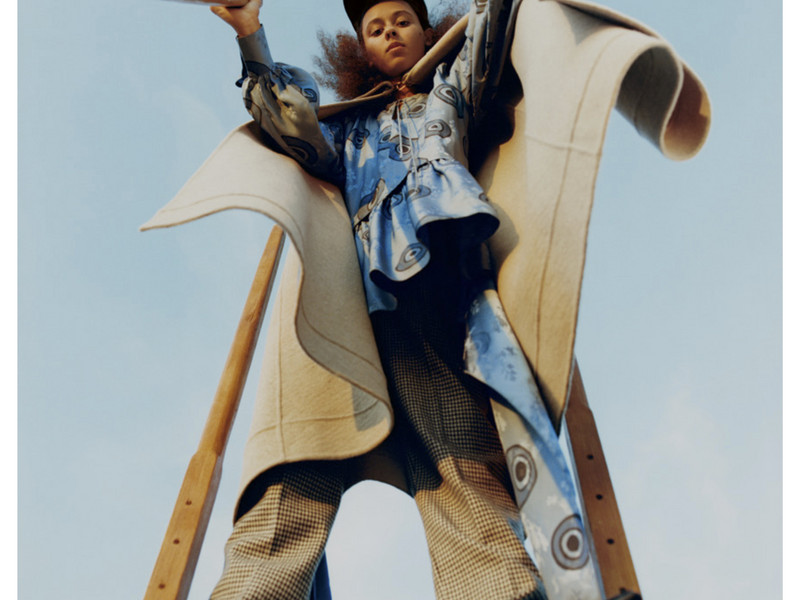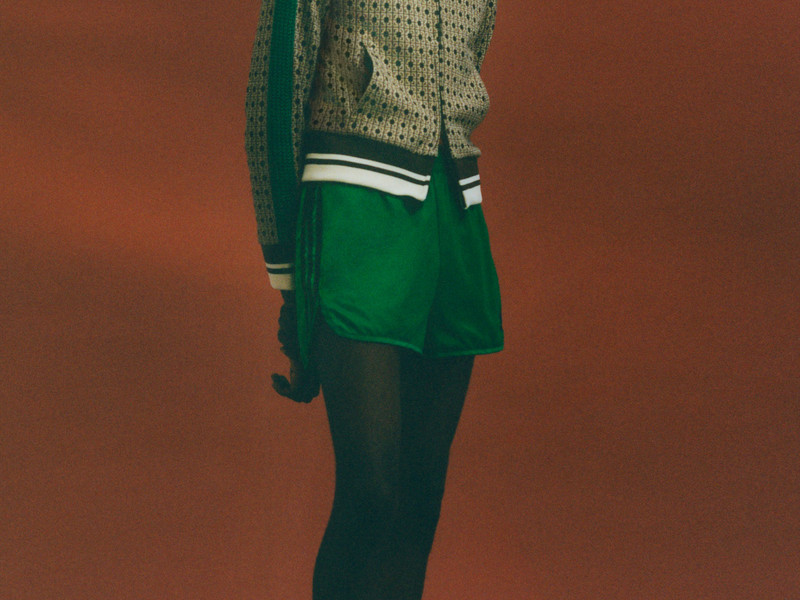It's Memorial Day is Coming for the Crocheted Crown
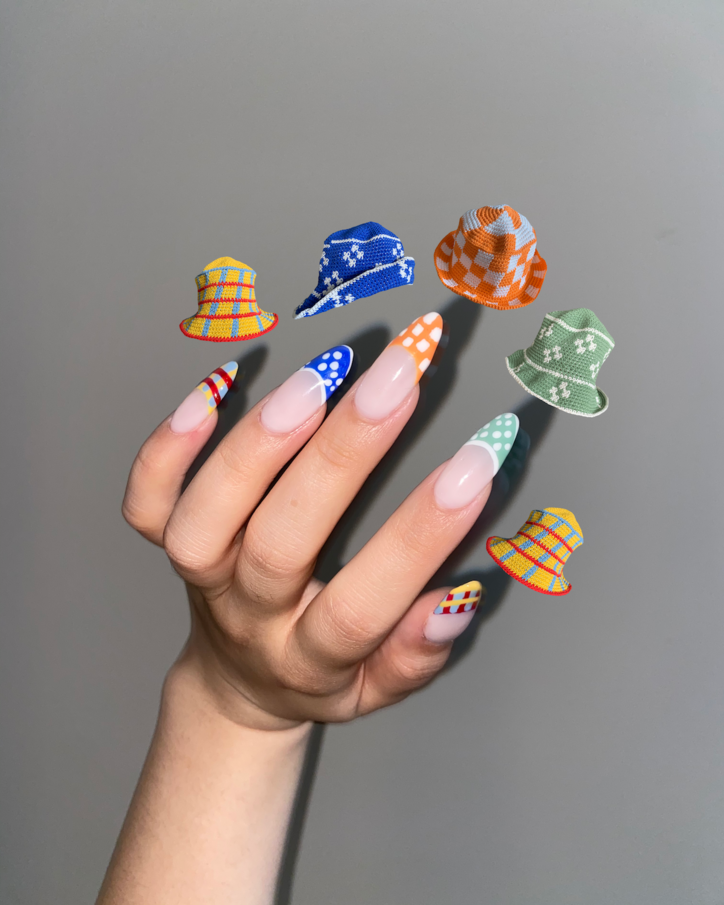
office unravels the inside scoop behind It’s Memorial Day, Delsy and her mother’s creative process, and more, in the interview below.
First off, I just wanted to hear about how you got started crocheting. My nana taught me how to sew when I was eight years old and I love hearing about how other people’s passions were sparked.
That’s adorable! I mean, it was pretty much the same for me. My mom taught me how to sew when I was nine or ten years old and it was always little things like scarves or hats. I kind of stopped as I got older though; it didn’t continue to be a huge hobby of mine until the pandemic hit. I lost my job; I was working in fashion at a small brand and things just didn’t work out during COVID. I started crocheting again, just little things, and realized that I still knew how to do it pretty well.
How did It’s Memorial Day come to be? Did you first start off just crocheting accessories for yourself?
I started making accessories and just giving them away to my friends, and they really liked them so they started asking for custom-made pieces. I started doing commissioned work for them — I’d just ask them to pay for the yarn and I’d make whatever they came up with. I made an Instagram account for the things I was crocheting, and when even friends of friends started to follow it and reach out I realized that maybe there was more potential for growth. I started to clean up the Instagram a bit and make it more fit for a business, and I remember things all kind of hit me when I reached out to one of my favorite influencers. She posted wearing It’s Memorial Day and after that post, I gained around 200 new followers. That was sort of when I first saw the potential.
I read that the name “Memorial Day” has a lot to do with you reconciling your many identities, especially as someone who splits time between Indonesia and Brooklyn, New York. Can you tell me more about the significance of the name?
Memorial Day was always a significant day for me because it is my birthday. I always knew if I ever started a business or something, that would be the name. But before I started crocheting things, I didn’t really have any specific type of business in mind. Memorial Day never falls on the same date; it's always the last Monday of May, but the dates are always different. The year I was born, it just happened to fall on my birthday. I was actually going to be named Memory, and through my childhood, my family always called me ‘Mem’ as a nickname. So that’s part of where it came from. But it’s funny because Memorial Day is such an American holiday. We don’t have a version of Memorial Day in Indonesia, so the name also comes from the different ways that I identify myself. I don’t really identify as American or Indonesian — I’m both, but I always felt like a unique mix of many different things.
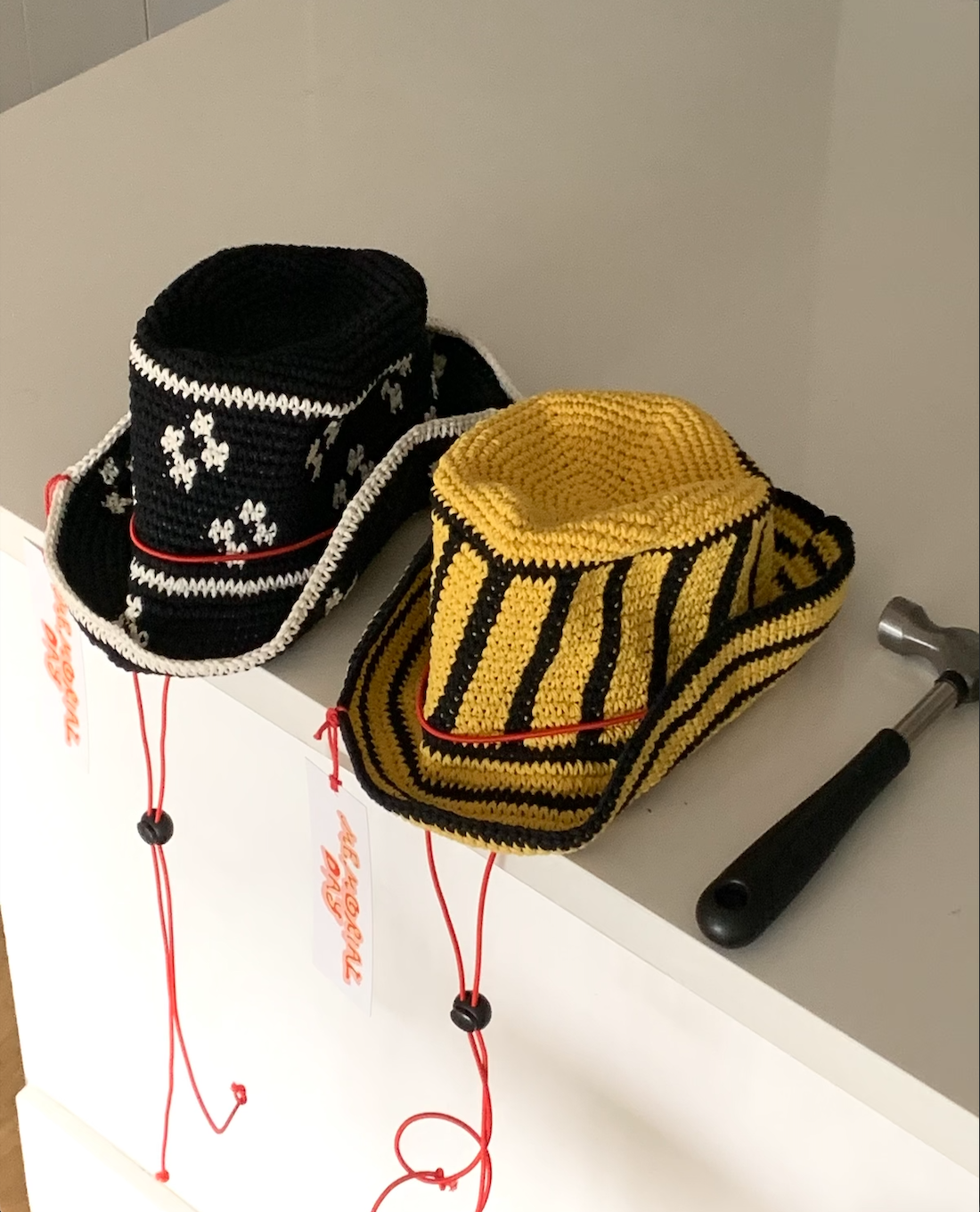
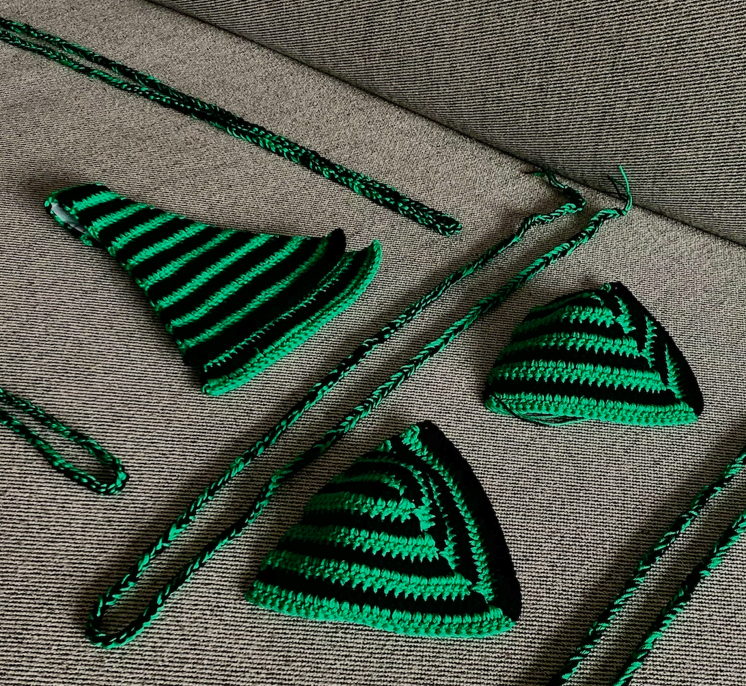
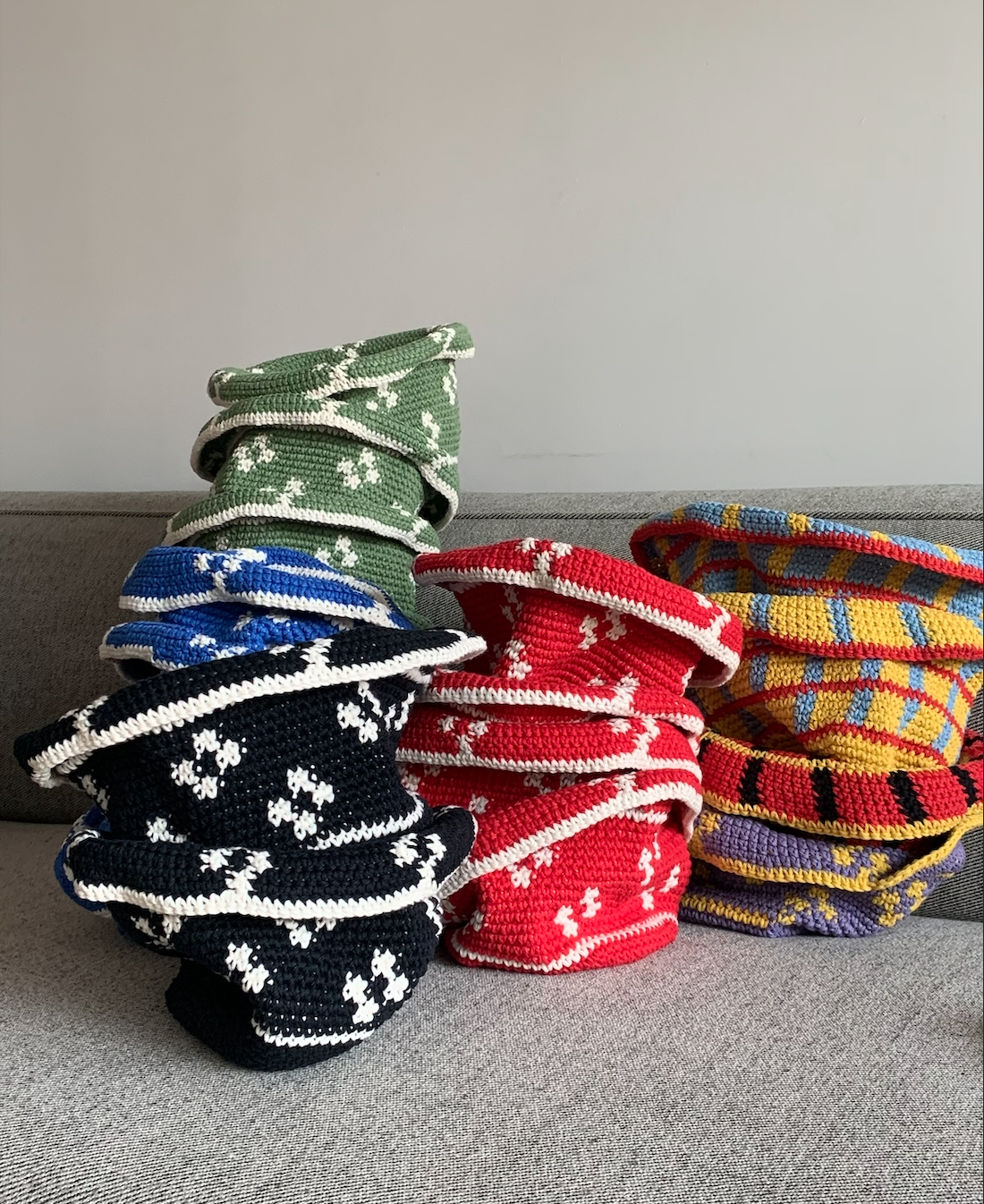
I know you are in the process of moving back to Indonesia to set up manufacturing there. How does it feel to be setting up a base back home?
It’s really exciting because I haven’t been home since the beginning of the pandemic, so for about two years. All of my family is in Indonesia, so I’m excited to see them all. But I also have been working with people completely by phone or text messages and it’s really great that I’m finally going to get to meet some of my mom’s friends who started crocheting for the brand in person. I’d also love to set up a studio there eventually, but it’s a bit difficult right now with traveling back and forth from the United States. At some point, there will hopefully be a more permanent space there.
Your pieces are handmade by you and your mother. When did you decide this was going to become a family project?
It was kind of natural to ask my mom because she was the one who taught me how to crochet in the first place. My mom didn’t have a job before. She’d worked a few small jobs but it's kind of hard for women over the age of 40 to find jobs that pay well in Indonesia. It can be a very ageist country. Things started growing organically and I thought about other ways to expand. I actually got a new job and eventually quit it — I think around March I quit. I didn’t want to give my mom a job with me until I knew it was going to be a stable one. I had a lot of people ordering around March but I wanted to make sure it wasn’t just going to be a passing thing. People kept finding me and the Instagram kept growing and I decided to take the full leap. At first I looked into some manufacturing companies in the New York area but I wanted to assure that the things I sold and made were of top quality, and I figured the best way to do that was to reach out to my mom and a few people close to me and work directly with them — sending them patterns and instructions and seeing how they did. I started working with my mom, my family, even some of my mom’s friends. It’s currently a small team, but every pattern I sent them they made so well. They killed it. It was actually so impressive because learning that stuff is hard over the phone or Facetime, but they’ve been doing a great job.
As a woman owned brand, what does it mean to you to be able to go back to Indonesia and help women there find jobs and utilize their skills?
I lived in America for a period of time, up until I was 10, and then I moved to Indonesia. So it was like my adult life happened in Indonesia. I grew up kind of scared, you know, as a woman and in Indonesia — it's third world — and I thought like, 'How am I going to find a job?' And if I do, 'What happens when I'm too old to work?' So coming back [to America], doing this, and then bringing it back home and having women be able to help me with this, specifically women that are deemed unable to work physically, is amazing. One of the ladies that helps me make the hats has, I think, a paralyzed left arm. So she crochets with one hand. Like how badass. She was one of the first people I've been in contact with. And she shared her story, and she was telling me that it was extremely difficult to find a job, as an older woman in Indonesia, but also physically incapable, you know, having a paralyzed arm is difficult. It was just so sweet and heartwarming. I told her that it makes me so happy that I'm able to help you and help women, just like they help my mother too. It was definitely mind opening. I was like, 'Okay, this is part of my project now.' I've also noticed that the work that these women put into the hats is so much different than when it's made in a factory setting. For example, the one in New York that I was checking out, it was more of a factory style and it just wasn't the quality that I was looking for. And I didn't know if it was because maybe the work wasn't as good or maybe my sample was off — whatever it was. But it's just so different seeing the work come from these women. It means a lot and I really hope that I can continue it this way, and specifically target these women and give them these opportunities as opposed to having it just mass produced in a factory somewhere.

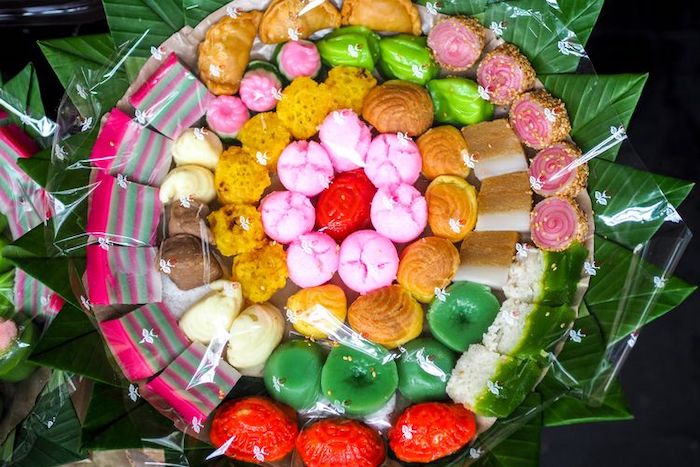
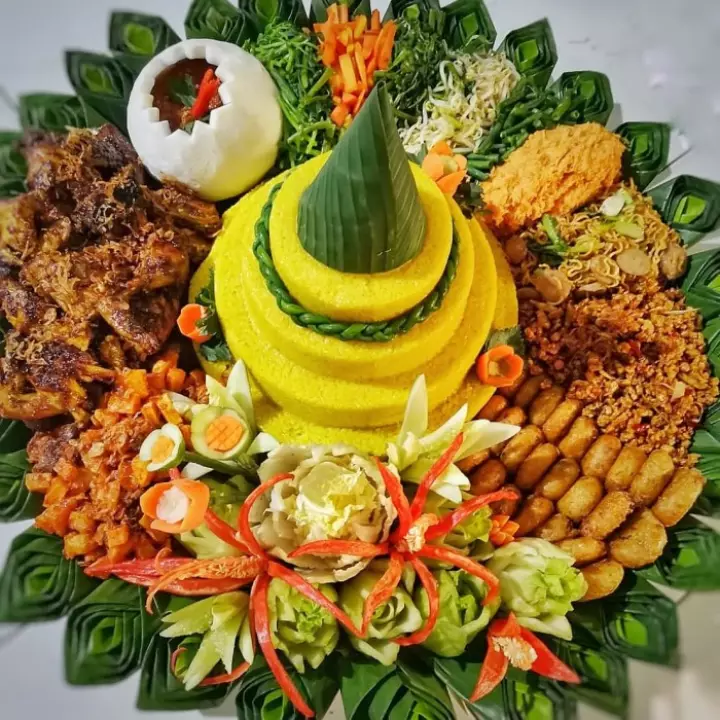
I think that the connections you are able to foster are definitely a rewarding part of having a small business. Something that I also appreciate about small businesses is that when they grow, it is an organic growth. Your designs have been seen on some pretty big names; how does it feel to know your work is reaching wide audiences now?
Yeah, it was definitely insane. I guess I never, in a million years, would have thought that it would be worn by celebrities. Even when the business was taking off, I was like, 'Oh cool. I have a small little business where it's just going to be, you know, regular people. It's not going to make it to Hollywood.' Because the way I was thinking of it was like, 'Oh, it's crochet, it's very homemade.' It's not all glitz and glam. So, yeah, I didn't think that it would reach that area. It kind of just happened — one stylist would reach out, and then once one person wears it, then it kind of trickles like that. The first time it was ever worn by anyone, with like a big name, it was Ella Emhoff. At the time it was actually really funny because I didn't know who she was, but I was DM-ing with her. She was very sweet and I loved her work. She also knits. So we were in contact, but I just didn't know — I thought she was like a knitwear designer. We did a trade and exchange and that's when I found out, I was like, 'Oh my gosh! She's, you know, the vice president's daughter!' So that was super cool. And then once she wore it, that kind of brought my work into the spotlight because it never ever was in that world at all. I think she was kind of the bridge honestly, because she lives in Brooklyn and does knitwear and crochet too. So she's kind of in that world, but then she's also in the world of fame. To me, once she wore it, she kind of carried my brand with her. I just couldn't believe that she wore it and tagged me. Then it just took off. So thank you Ella!
I know you said that the design process is collaborative, usually over the phone between you and your mom and the other women who crochet for you, but how exactly do you come up with the patterns and colors you use in your designs?
It's mostly whatever comes to me, but I have a lot of inspiration from vintage crochet patterns that are timeless. So some of it comes from that but usually my creative process — I guess I don't really have one, so it sounds weird saying it, but what I would do is first figure out what colors I'm going to use. All of my colors come from different inspirations, for example, I’ll use red and white to signify the Indonesian flag or different colors from Indonesian foods. Or sometimes I use very ‘American’ colors from certain brands, like the FedEx colors. From there I figure out what kind of stitch I'm using. And then I start off with little swatches to kind of get an idea of what I like. For example, the plaid style sort of came out of nowhere. It was just me grabbing inspiration from 2000s plaid fedoras. I made a few plaid swatches and then I kind of just put it out [on Instagram]. What I like to do, also, is a very customer-oriented model because I'm not at a point where I can make something and everyone's like, 'Wow, I love it.' I still need them to tell me if that's what they want. And I have that ability because I am Instagram based and it's great. To me, it's really important to try to listen to them, even though I can't listen to everyone, I can do polls and ask them if they like a certain colorway, or if they're into this or if they're into that. Being able to do that, then I can kind of test it before I actually go into production. With the plaid, I was kind of questioning it, but I posted a picture and I received so many DM's saying, 'When is that gonna drop?' So then that went into production and I feel like that's how I'll continue to run my business. Instagram is just so amazing to me because I can talk to the people that want to buy my things — otherwise, without them, there's nothing. So it's an ‘I'll make what you want me to make’ kind of thing.
What is your favorite design you have made, whether one of your traditional ones or a custom order?
I'm thinking — I have a few. I can't tell if I like certain pieces because I just like them or if it's because I haven't made them in a while. Sometimes that's really special to me — when I don't make something too many times. Every time I make a hat, I'm like, 'Another hat!' But I think it would have to be my vest. So, I only recently started making vests in the spring and that was totally out of the blue. It was a custom for someone that was willing to commission and she said, you know, 'I love these colors and these colors, please. Like, I'll give you the freedom.' And I was like, 'Oh shoot. First of all, I've never made a vest. Second of all, you're giving me too much freedom! I don't know if I know what you want,' but it turned out perfectly and she loved it. It was basically a multi-colored checkered vest. The front panel and the back panel were totally different, so it didn't mirror. It took a really long time, but it was worth it. And to me it's such a piece of art because I think it took me three full days, like eight hour days, and 19 rolls of different colored yarn. I also just really like the idea of a vest and I would love to do that in the future for production, but one thing at a time. But I feel like vests are just super easy to wear for anyone. They're genderless, they're classic, you can wear them in the spring with nothing or you can wear them in the winter over something. It's a perfect kind of statement piece. To me, it's like you're wearing art.
So will the vest become a more permanent thing? What does the future have in store for Memorial Day — any plans to grow the brand?
So I think right now, definitely focusing on figuring out my hat manufacturing, because I feel like right now my main focus is the hat. I wouldn't be anywhere without my hat and I have to make sure that I'm able to produce ethically and meet the people that are helping me and just be able to get that part covered. I feel like eventually, yes — I mean I do accessories and bikinis and I've made balaclavas before — but I think kind of expanding more on the accessory designs would be cool. So kind of being able to produce balaclavas, neck warmers, things for the winter, still sticking to accessories and then later down the road, maybe I'd get into clothing. But I feel like that's a huge step and I'm kind of starting slowly with the accessories, and maybe a more permanent vest. I just have to figure out the best way to manufacture this without losing that special touch. Because once it goes into clothing, then it's a bit more complicated; you start to go into a factory style mode of production. Not that factories are all, you know, unethical, but you just kind of lose the love. So I have to figure out if it's possible to have clothing made one by one like that, which is why vests are great as a bridge because it can be an imperfect situation.
